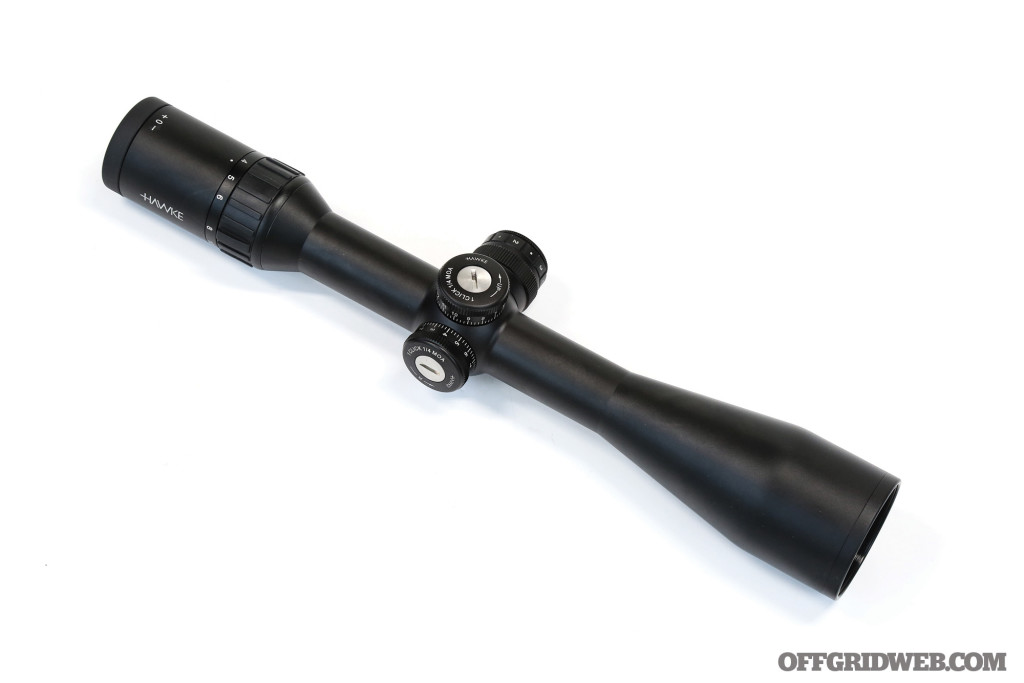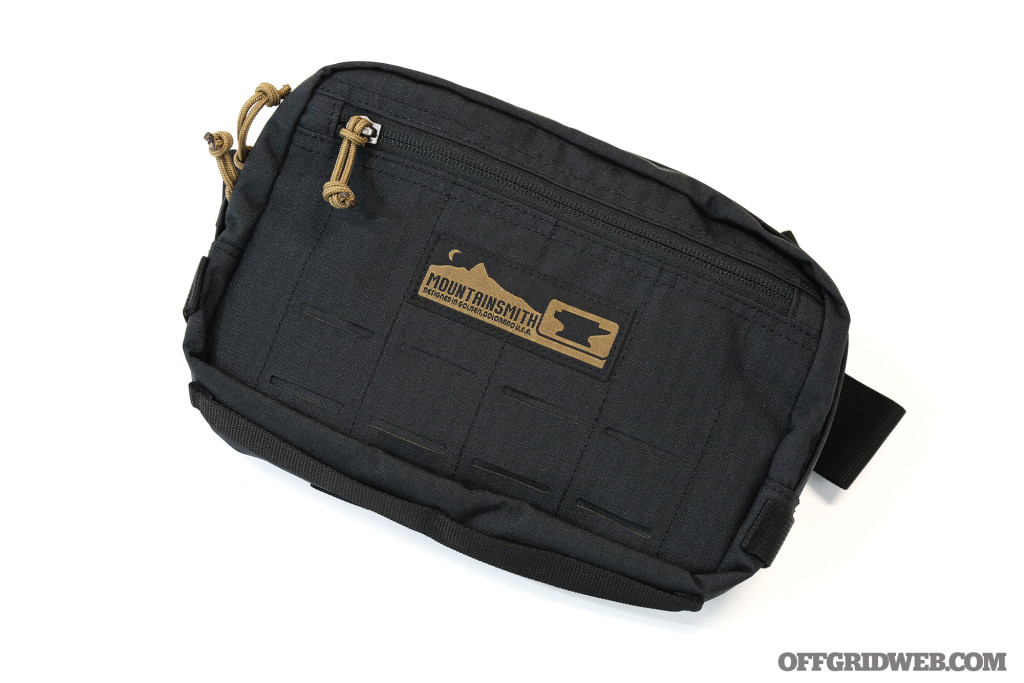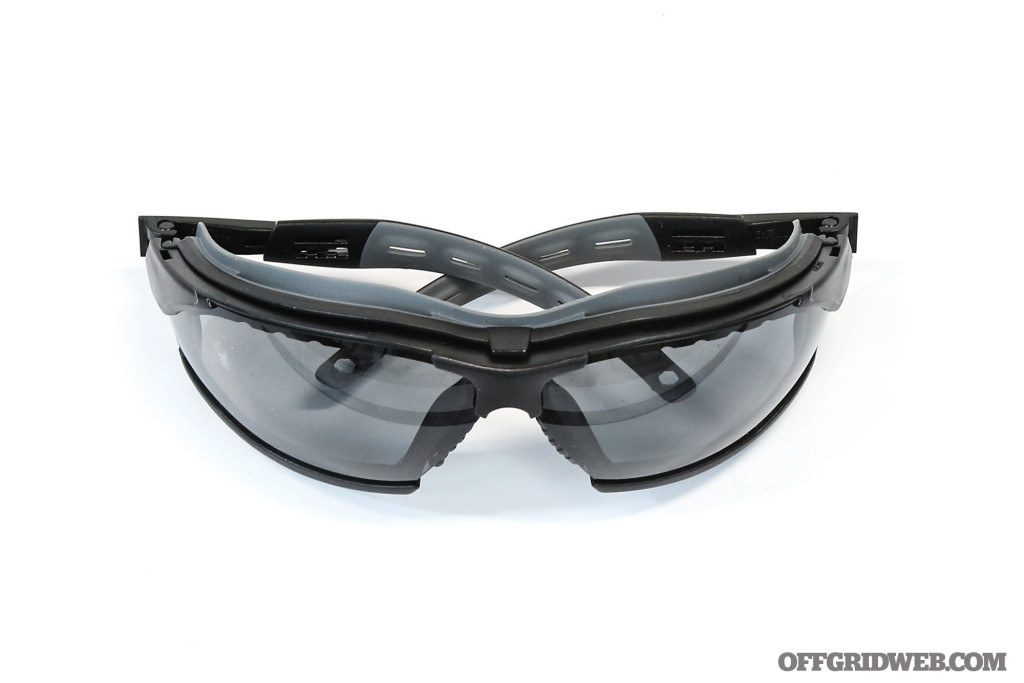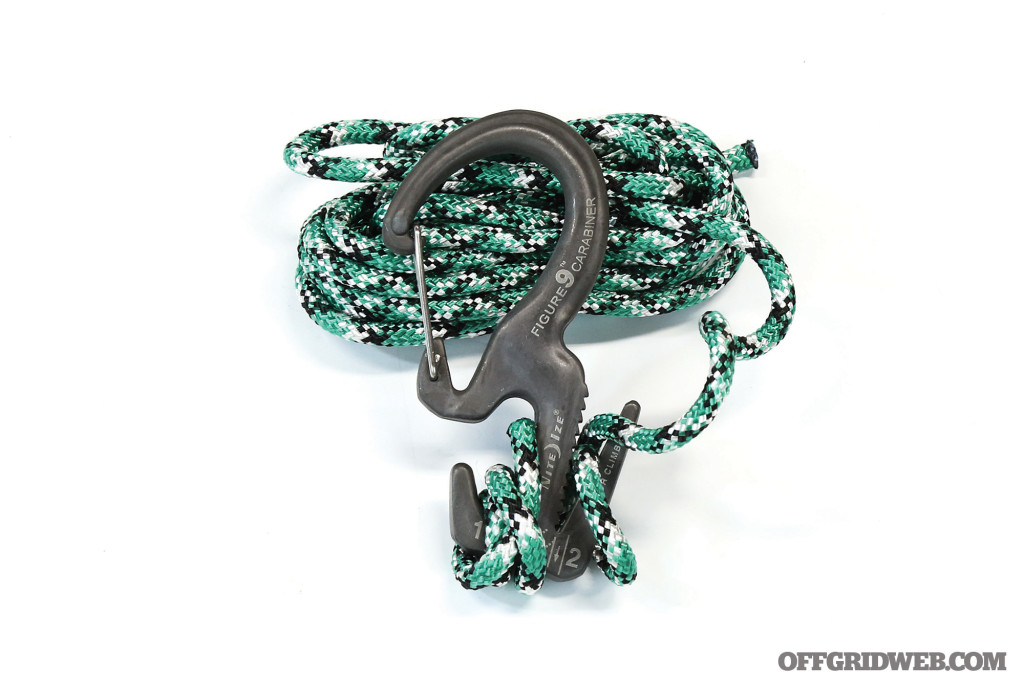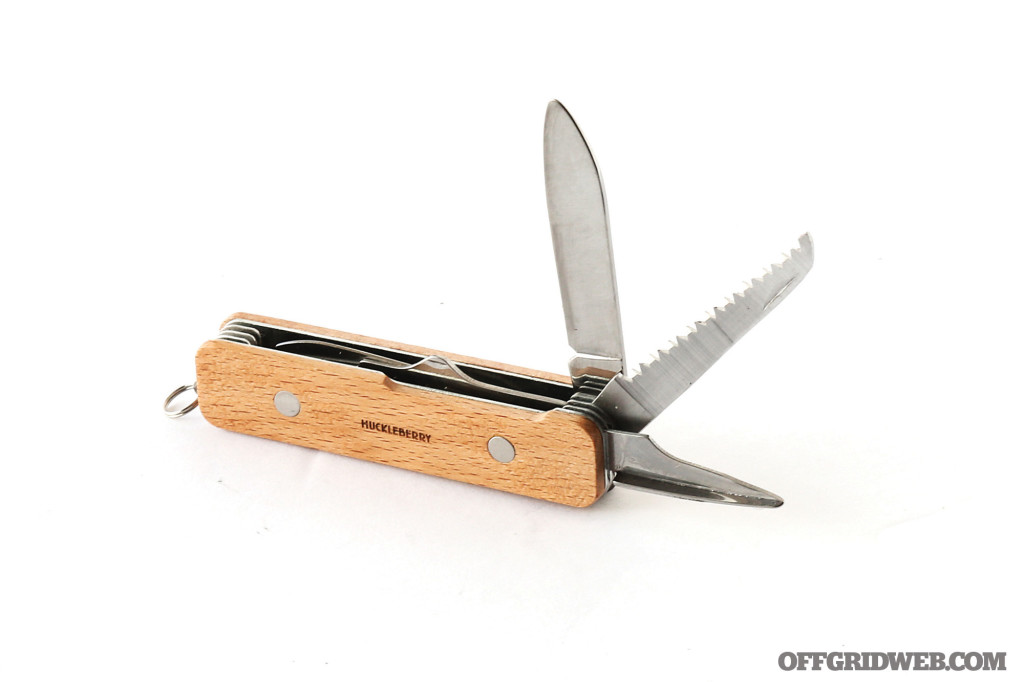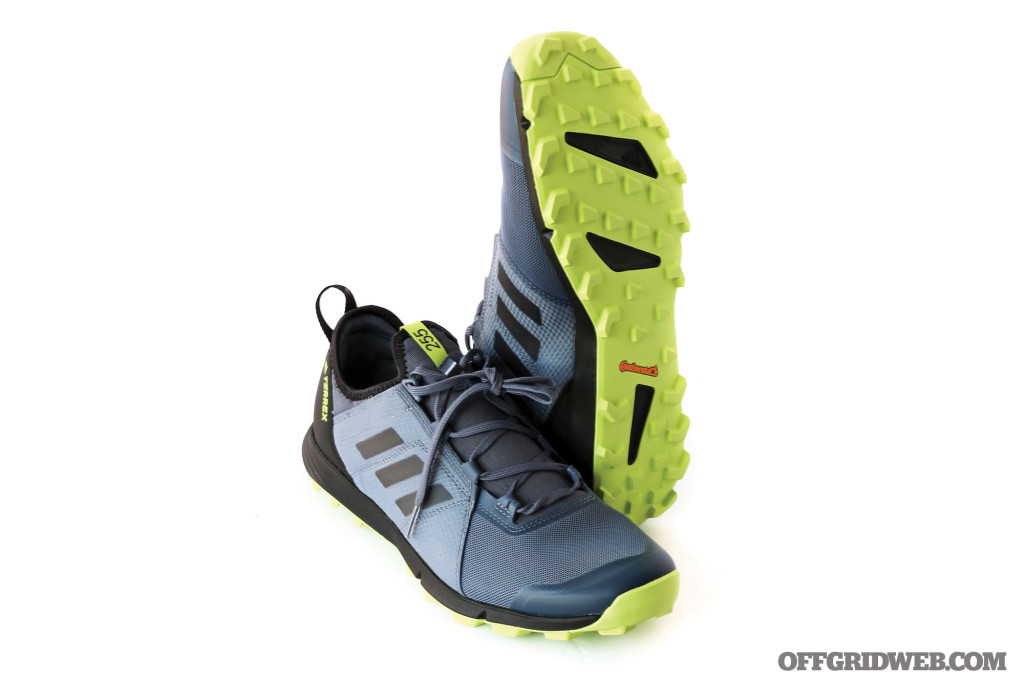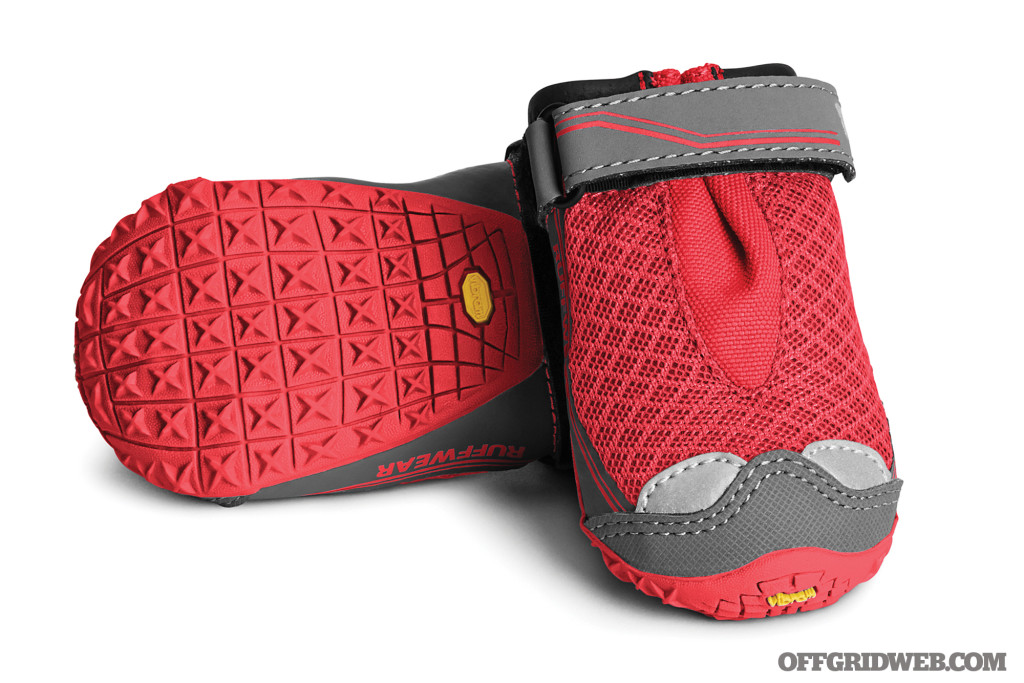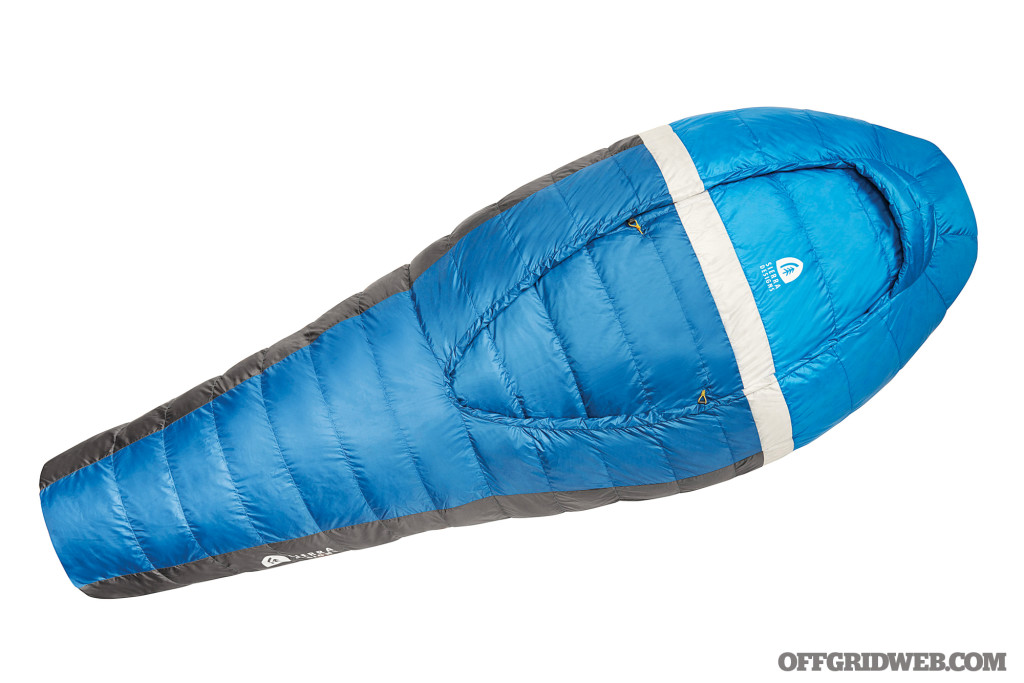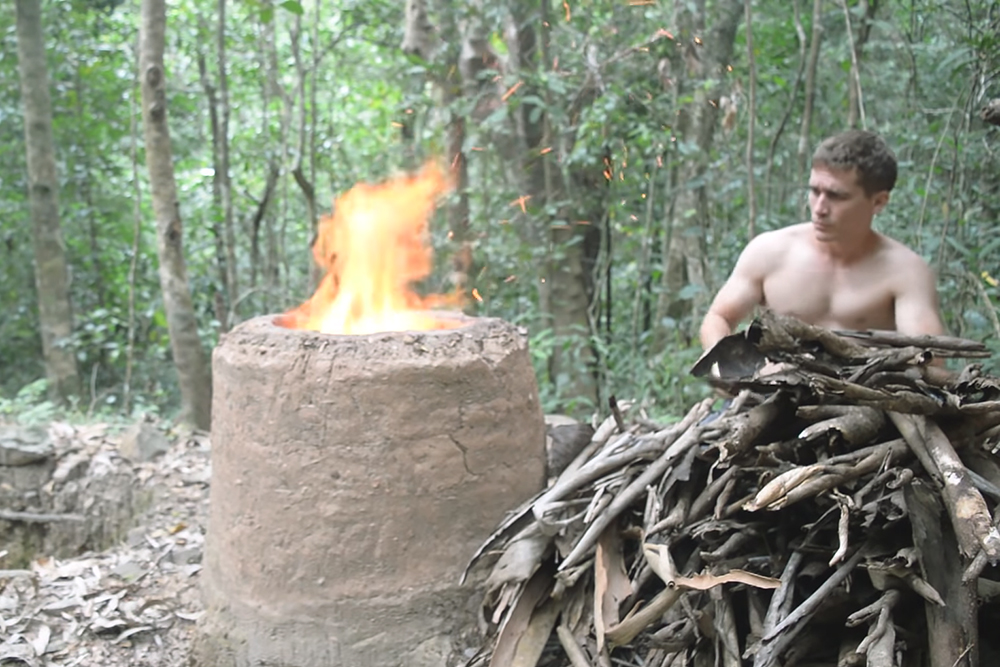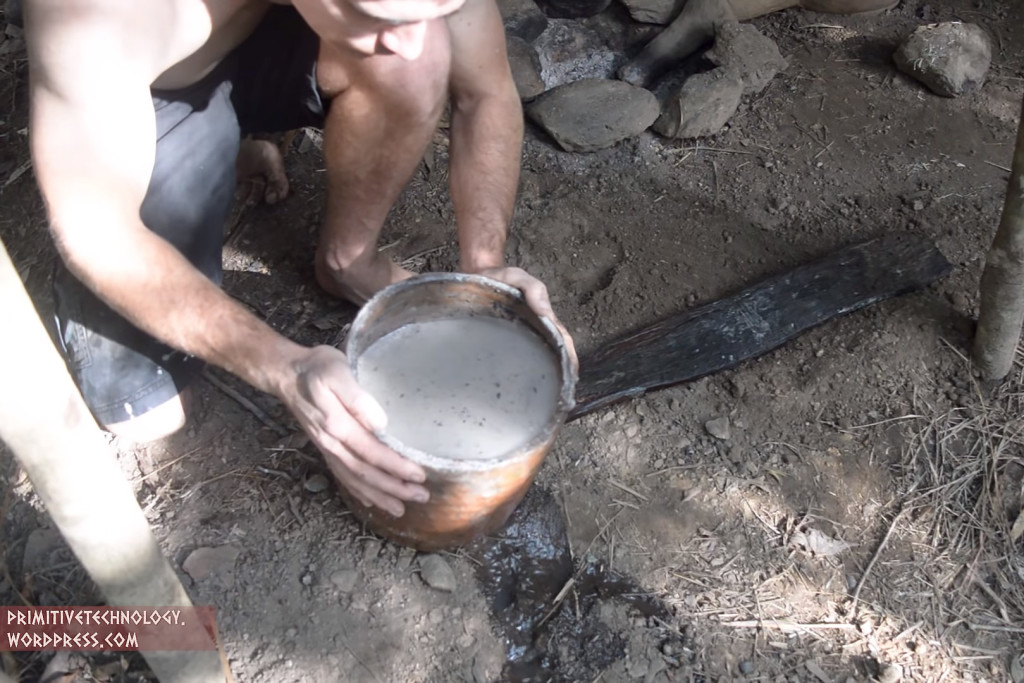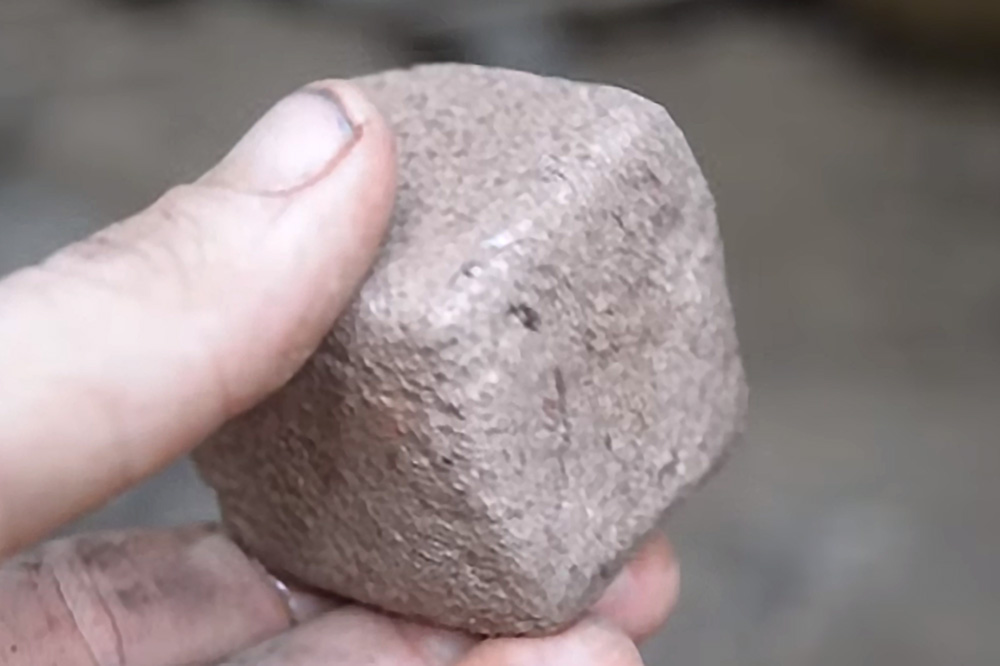In This Article
Fear of the dark is a natural human condition, but it’s not a lack of light that we fear — it’s a lack of awareness of our surroundings. In total darkness, our minds tend to wander to the myriad of unseen dangers that could be lurking in the shadows, leading to feelings of dread and powerlessness. As children, we worried about imaginary monsters and ghouls; as adults we’re unsettled by an awareness of the real threats in our vicinity, even if they’re as simple as a hidden tree root that could lead to a sprained ankle.
Carrying a flashlight is one way to regain your vision after dark, but it occupies your hand and must be manually aimed. A headlamp bypasses these issues, naturally following your view and freeing up your hands for other important tasks. Just try setting up a tent, cooking a meal, or reloading a weapon with a flashlight in hand and you’ll see the value of an alternative light source. This is why our bug-out bags are never without some form of headlamp — in normal circumstances, waving around a flashlight is inconvenient, but in a SHTF situation it could leave you fighting for your life one-handed.
Headlamps provide various types of light, and what you need will depend heavily on your nighttime activities. Surface-mounted LEDs cast a wide flood beam that’s perfect for detail-oriented jobs at the campsite or workshop; a recessed LED with a deep lens or reflector will project a long-distance spotlight for lighting trails or locating far-off landmarks. Some headlamps offer both beam types, as well as a red light that can be used to preserve your night vision.
In order to help you select a headlamp that meets your needs and your budget, we collected and evaluated a dozen of these hands-free lights. Read on for our thoughts on each.
Black Diamond ReVolt
Claimed Max Brightness
300 lumens
Claimed Max Runtime
175 hours
Weight with Batteries
3.6 ounces
Battery Type
AAA rechargeable (three, included), lithium, or alkaline
Output Modes
Spot and flood beams with adjustable dimmer; red constant-on or flashing
MSRP
$60
URL
www.blackdiamondequipment.com
This headlamp offers a tightly focused white spotlight, diffuse white floodlight, and directly accessible red setting. Each can be activated individually, or both spotlight and flood can be used simultaneously. Controls are simple, and each light source can be precisely dimmed by holding down the power button. The ReVolt can run on common AAA disposables or the NiMH batteries it comes with — the latter set is rechargeable via a hidden micro-USB port, but offers substantially lower output (175 lumens) and runtime (75 hours). But at a sub-$50 street price, overall value is quite good.
Pros:
- Three individually dimmable LEDs let you quickly access the exact type of light you need
- Lockout mode removes the risk of accidental activation in storage
- IPX8 waterproof to 1.1-meter immersion
Cons:
- Max output is dramatically reduced when using the included rechargeable batteries
- Battery door closure relies on a long plastic tab, and we can see the potential for breakage
COAST FL75R
Claimed Max Brightness
530 lumens
Claimed Max Runtime
23 hours
Weight with Batteries
3.2 ounces
Battery Type
Rechargeable lithium-ion (one, included) or AAA (three, included)
Output Modes
Adjustable focus with high, medium, or low output; red
MSRP
$105
The Pure Beam Focusing Optic on this headlamp casts a large and even circle of soft white light, which we found to be very useful in a dark campsite. Twisting the bezel focuses the center of the light into a spot beam for longer throw, but retains the peripheral flood for situational awareness. The FL75R’s removable li-ion battery is rechargeable via a micro-USB port, and available in various bright colorways as well as this subdued FDE option.
Pros:
- Twist-focus optic produces an extremely wide flood beam with or without a central spot
- Includes AAA batteries and a rechargeable pack, plus a cable and wall charger
Cons:
- Red LEDs cast a tight spot beam; flood would’ve been more useful
- We normally don’t care about packaging, but this arrived in a comically huge 9-by-15-inch plastic clamshell. The box was mostly empty space.
Fenix HM50R
Claimed Max Brightness
500 lumens
Claimed Max Runtime
128 hours
Weight with Batteries
2.8 ounces
Battery Type
Rechargeable 16430 (one, included) or CR123A (one, not included)
Output Modes
Turbo, high, medium, low
MSRP
$60
This dual-purpose design can be carried as a flashlight or worn as a headlamp. The headband mount is a stretchy rubber ring that slides around the light’s body; a spare is included in case the original gets damaged. The elastic band includes rubberized strips on its inside surface, which prevent the light from sliding down the wearer’s forehead. To avoid accidental activation, the power switch has a 1-second lockout delay. A rubber flap on the side conceals a micro-USB charging port for the battery.
Pros:
- Can easily be removed from the headband and used as a flashlight
- IP68 water- and dustproof, impact-resistant to 1 meter drops
Cons:
- The absence of a clip or lanyard hole makes this light easy to lose if carried in a pocket.
- Lacks a red LED, but the 4-lumen low mode almost makes up for it
Ledlenser MH6
Claimed Max Brightness
200 lumens
Claimed Max Runtime
20 hours
Weight with Batteries
3.3 ounces
Battery Type
Rechargeable lithium-ion (one, included) or AAA (three, not included)
Output Modes
Adjustable focus with adjustable dimmer, high, low, and flashing modes; red, flashing red
MSRP
$50
The MH6 is one of three new models from Ledlenser, placed between the 100-lumen MH2 and the 600-lumen MH10. It features the company’s bezel-twist Advanced Focus System, which adjusts from a moderately wide and even flood beam to a very tight spot beam. Pressing the power button cycles through high, low, and a slow-flashing beacon mode; a dimmer function is available, but it only affects the secondary low mode’s output, so it’s more of a set-it-and-forget-it option. A single auxiliary LED provides a dense spot of red light.
Pros:
- Concentrated spot beam yields great 120-meter throw; flood beam is respectable, but not as wide as other lights we tested
- Lockout mode prevents accidental activation
Cons:
- Dimmer function is difficult to access and seems redundant alongside high and low presets
- The housing is clearly designed to accommodate two red LEDs, but only one is present. This feels like a cost-cutting measure.
LightingEver Multi-Setting LED Headlamp
Claimed Max Brightness
78 lumens
Claimed Max Runtime
10 hours
Weight with Batteries
4.1 ounces
Battery Type
AAA (three, included)
Output Modes
High, medium, low, red flashing
MSRP
$8
URL
www.amazon.com
In search of an extra-affordable headlamp, we searched online with a price threshold of $10 — this is what we found. Despite a total of 20 LEDs, it only manages to produce a beam that’s acceptably bright at close range. For hiking or other mobile activities, output is lacking. The flashing red LEDs are useful only as a signal beacon. This is a clear case of getting exactly what you paid for, and we’d only recommend it if the other alternative is stumbling around in total darkness.
Pros:
- Inexpensive
- The box proudly says it has a starting time of less than 500 milliseconds — a strong selling point for the extra-impatient headlamp buyer.
Cons:
- White light output is dismal, and the red light can’t be set to constant on
- Bulky plastic housing looks and feels cheap
- Mount can point in only four directions: straight ahead, 45 degrees, your feet, or the top of your nose
NightStick XPP-5460GX
Claimed Max Brightness
200 lumens
Claimed Max Runtime
10 hours
Weight with Batteries
5.4 ounces
Battery Type
AAA (three, included)
Output Modes
Spot high or low; flood high or low; dual spot-flood
MSRP
$78
Designed for use on helmets and hard hats with flip-up face shields, this low-profile headlamp offers a long list of industrial certifications. Most notably, it’s intrinsically safe, meaning it can be used in areas with potentially explosive concentrations of flammable vapor. Both spot and flood beams are bright and easy to access, even with gloved hands. The strong rubber head strap feels exceptionally durable, though it’s not as comfortable on bare skin as a fabric band.
Pros:
- Ready to handle almost any environment — it’s IP67 water and dustproof, impact-resistant, chemical-resistant, and intrinsically safe.
- Simple two-button controls
Cons:
- In low mode, the light makes an audible buzzing noise
- It lacks a red LED, its lowest setting is 100 lumens, and it always turns on in high mode first. Say goodbye to your night vision when you hit the power button.
- A Phillips screwdriver is required to open the battery compartment
Nitecore HC65
Claimed Max Brightness
1,000 lumens
Claimed Max Runtime
800 hours
Weight with Batteries
5.7 ounces
Battery Type
Rechargeable 18650 (one, included) or CR123A (two, not included)
Output Modes
Spot turbo, high, medium, low, ultralow, strobe, SOS, or flashing; white flood light; red constant-on or flashing
MSRP
$75
URL
www.nitecore.com
Built from impact-resistant and waterproof aluminum with a flexible polymer strap mount, the HC65 feels reassuringly tough. The 1,000-lumen turbo mode cuts through darkness, but a variety of low-output modes make this headlamp just as effective for close-up tasks. Unscrewing the switch end of the body reveals a built-in micro-USB port for easy recharging; a blue LED blinks to indicate battery level or charging status.
Pros:
- We’re seriously impressed by the level of features and build quality at this price.
- IPX8 waterproof to 2-meter immersion, impact-resistant to 1 meter
Cons:
- Heaviest of the 12 headlamps
- Full-presses of the switch produce a reassuring click, but half-presses require just a light touch. We question the long-term durability of this control scheme.
- Cap must be removed to access USB port, and could easily be misplaced
Petzl e+LITE
Claimed Max Brightness
50 lumens
Claimed Max Runtime
95 hours
Weight with Batteries
1 ounce (1.6 ounces with case)
Battery Type
CR2032 (two, included)
Output Modes
White low, high, or strobe; red constant-on or strobe
MSRP
$30
URL
www.petzl.com
Unlike other lights in this guide, the e+LITE wasn’t intended to be your primary light source — instead, it works a backup to any other headlamp or flashlight. The tiny size, long shelf life, and waterproof storage capsule make it ideal for stashing in any emergency kit. The rotary switch allows access to five modes; thankfully, Petzl included “OFF” positions on both ends, making the red light accessible on its own. The unique ball-and-socket mount allows the light to be pointed in any direction, including side-to-side.
Pros:
- Lightweight, compact, and easily stowed design makes it a great backup headlamp
- Amazingly durable — waterproof, temperature-resistant from -22 to 140 degrees F, and shelf-stable for 10 years
- Strap cinch includes a whistle for emergency signaling
Cons:
- Low-output flood beam makes this most useful as a close-range light
- Replacement coin-cell lithium batteries might be tough to find in an emergency
Princeton Tec Charge MPLS
Claimed Max Brightness
55 lumens
Claimed Max Runtime
50 hours
Weight with Batteries
2.6 ounces
Battery Type
AA (one, included)
Output Modes
White constant-on; red high or low
MSRP
$110
This versatile light is part of Princeton Tec’s Modular Personal Lighting System (MPLS), and is compatible with many tactical mount applications — ARC, MICH, or Picatinny rails, above-the-rail mount, and MOLLE/PALS webbing. It also includes a nylon strap for use as a standalone headlamp, worn above the right ear. The pressure switch allows toggling between white light and a secondary LED cluster. We chose three red LEDs, but Princeton Tec offers the Charge with other color combinations, including ultraviolet and infrared. A flexi-neck allows the wide beam to be aimed independently of the user’s head.
Pros:
- Secondary LEDs are available in various useful colors — red, green, blue, UV, and IR
- Works great mounted on a backpack shoulder strap or other webbing
- Made in the USA
Cons:
- The sag-prone head strap is the least effective of this light’s many mounting options.
- Rather expensive, considering its modest list of features
Streamlight Bandit
Claimed Max Brightness
180 lumens
Claimed Max Runtime
10 hours
Weight with Batteries
1.7 ounces (including pivot mount)
Battery Type
Rechargeable lithium-polymer
Output Modes
White high or low, red high or low
MSRP
$35
When we first saw the Bandit at SHOT Show last year, we gave it high praise for its everything-you-need-and-nothing-you-don’t simplicity. Admittedly, this flood light isn’t what you need for alpine mountaineering or spotting far-off targets, but it does well for most other after-dark tasks. The light includes a slim head strap and a pivot mount that can clip to the brim of a ball cap. It’s also USB-rechargeable and can be stashed easily when not in use. Black- and yellow-bodied Bandit models only feature white output; coyote models feature either white/red or white/green. Considering that this light can be bought online for around $20, it offers outstanding value.
Pros:
- Small size and light weight make this a good candidate for a backup headlamp, but it’s also bright enough to be used as a primary.
- Super-wide beam is ideal for cooking, map-reading, and other detailed tasks
Cons:
- Compact design means short runtime — only two hours at full output
- Raised rubber switch can be activated inadvertently during storage.
SureFire Minimus
Claimed Max Brightness
300 lumens
Claimed Max Runtime
75 hours
Weight with Batteries
4.7 ounces
Battery Type
CR123A (one, included)
Output Modes
MaxVision beam with adjustable dimmer and SOS mode
MSRP
$199
URL
www.surefire.com
We reviewed the Minimus way back in Issue 2, but that was the old 100-lumen version — SureFire released this redesigned model in 2016. In addition to triple the output, it features a soft MaxVision beam that’s superb for short- and medium-range use (up to 66 meters). A button on one end activates the light, and its brightness can be adjusted all the way down to 5 lumens by twisting the dial. The tough aluminum body contains a single CR123A battery; a retention strap prevents loss of the battery cap.
Pros:
- The warm white MaxVision beam is nicely balanced between a diffuse flood and focused spot, and proved effective for most tasks.
- Breathe-O-Prene forehead pad makes this light extra comfy to wear
- Made in the USA
Cons:
- Detachable red filter feels like an afterthought, and can be lost easily
- While the beam pattern is very versatile, long-range throw isn’t its forte.
UCO Vapor+
Claimed Max Brightness
300 lumens
Claimed Max Runtime
120 hours
Weight with Batteries
3.2 ounces
Battery Type
Rechargeable lithium-ion (one, included) or AAA (three, not included)
Output Modes
White LEDs with adjustable dimmer, red
MSRP
$50
URL
www.ucogear.com
With several stylish colorways and a wood inlay on its slim housing, the Vapor+ has a unique look. Controlling the light is as easy as twisting the Infinity Dial bezel to activate either all three white LEDs or a single red LED. The beam pattern is a nice middle ground between spot and flood. A rear-mounted pleather battery pouch distributes some weight to the rear and can house either a rechargeable pack or standard AAAs.
Pros:
- Simple and intuitive controls — twist one way to adjust white light, twist the other to access red
- Available in five colorways, from plain black to funky ’70s-style “Vintage Parks”
Cons:
- Hard plastic bezel dial feels cheap, and its engagement clicks are gritty
- Strange triple-LED configuration doesn’t provide a substantial benefit over a single light source, since there’s no way to activate each individually. We suspect this was chosen for visual appeal.
More From Issue 27
Don’t miss essential survival insights—sign up for Recoil Offgrid’s free newsletter today!
- Chiappa Little Badger: Building a Survival Hunting Rifle
- Book Review: “Irish Republican Army Manual of Guerrilla Warfare”
- Debunked: Preventing Infection by Rinsing with Seawater
- Review: Jackery Explorer 500 Solar Generator
- Off-the-Grid Dentistry
- Storm Preparedness Lessons from Hurricane Irma Responders
- Defeat the Darkness: Survival Headlamp Buyer’s Guide
- Fire Suppression 101: Protect Your Home from Wildfires
- Thomas Coyne Spotlight – Never Tell Me the Odds
- Which Martial Arts System is Right for You?
- The Will to Drive On: Emergency Driving Skills
- Pocket Preps: Wallet-Sized Tools
- What If Your Vehicle Is Attacked By an Angry Mob?
- Issue 27 Gear Up
Read articles from the next issue of Recoil Offgrid: Issue 28
Read articles from the previous issue of Recoil Offgrid: Issue 26
Check out our other publications on the web: Recoil | Gun Digest | Blade | RecoilTV | RECOILtv (YouTube)
Editor’s Note: This article has been modified from its original version for the web.

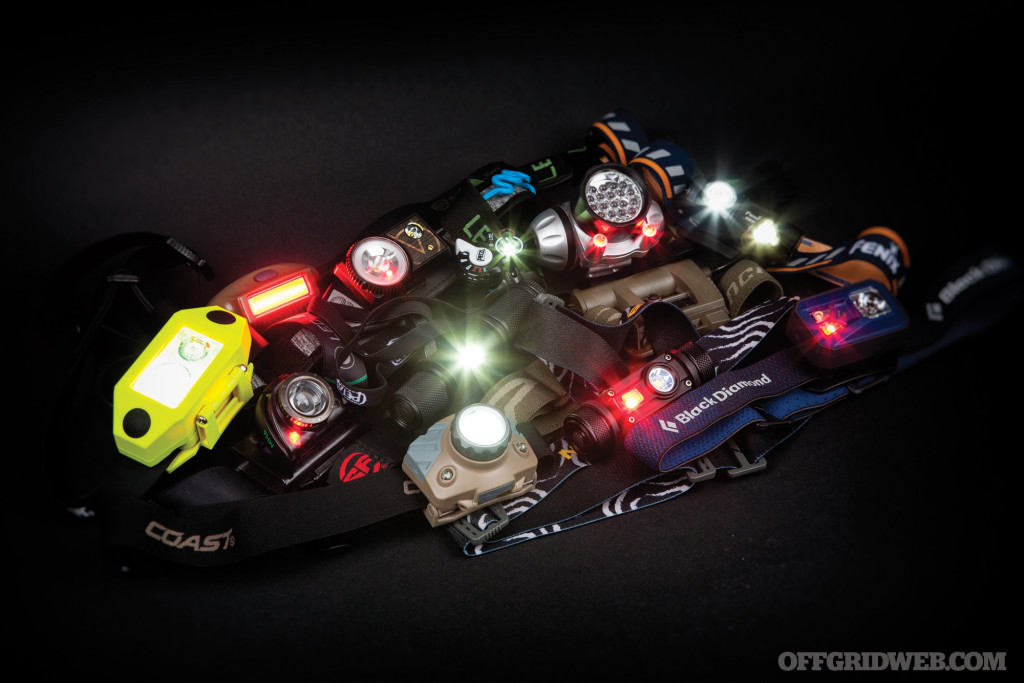
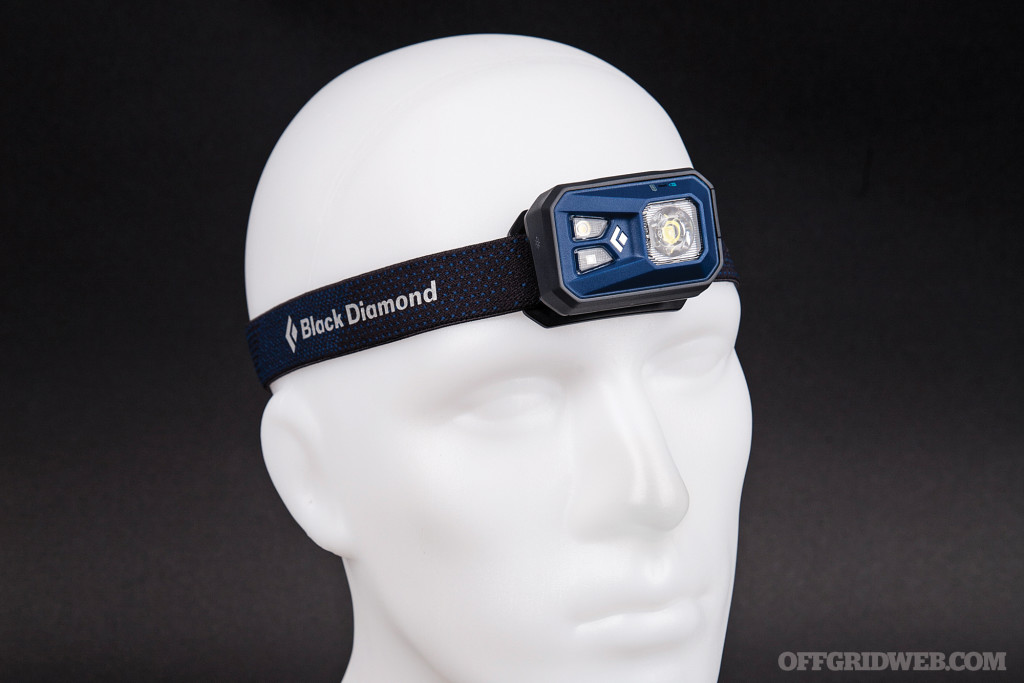
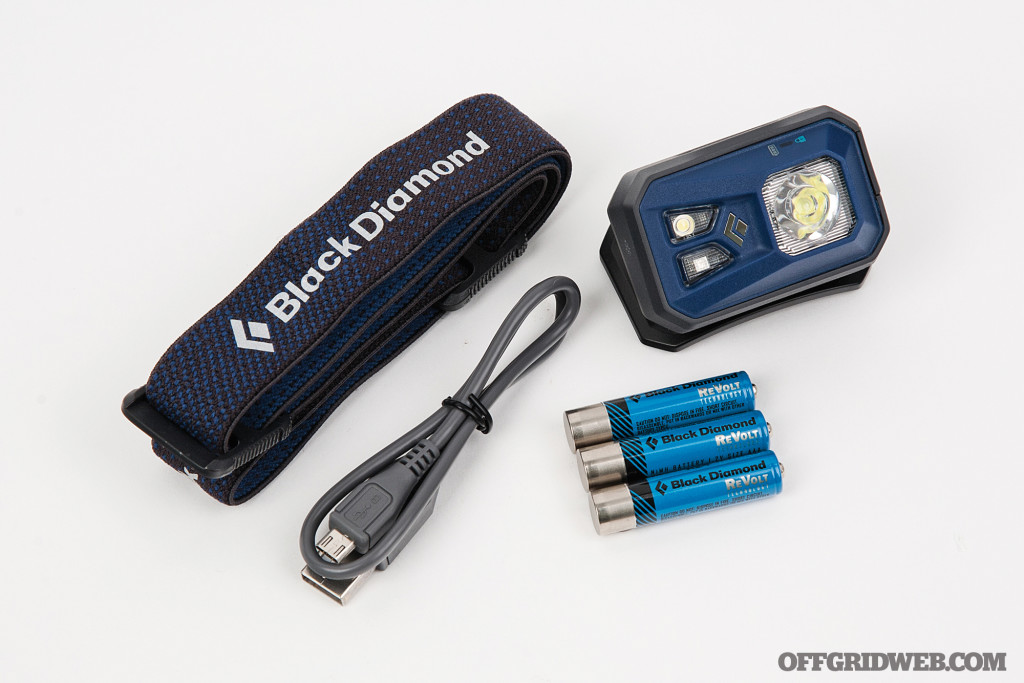
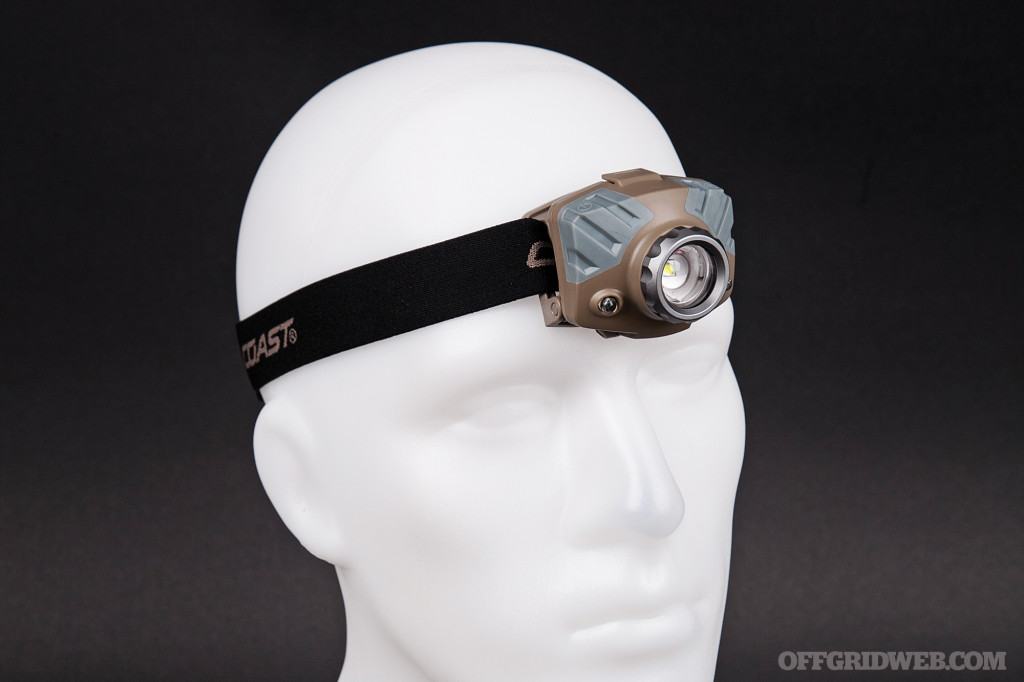

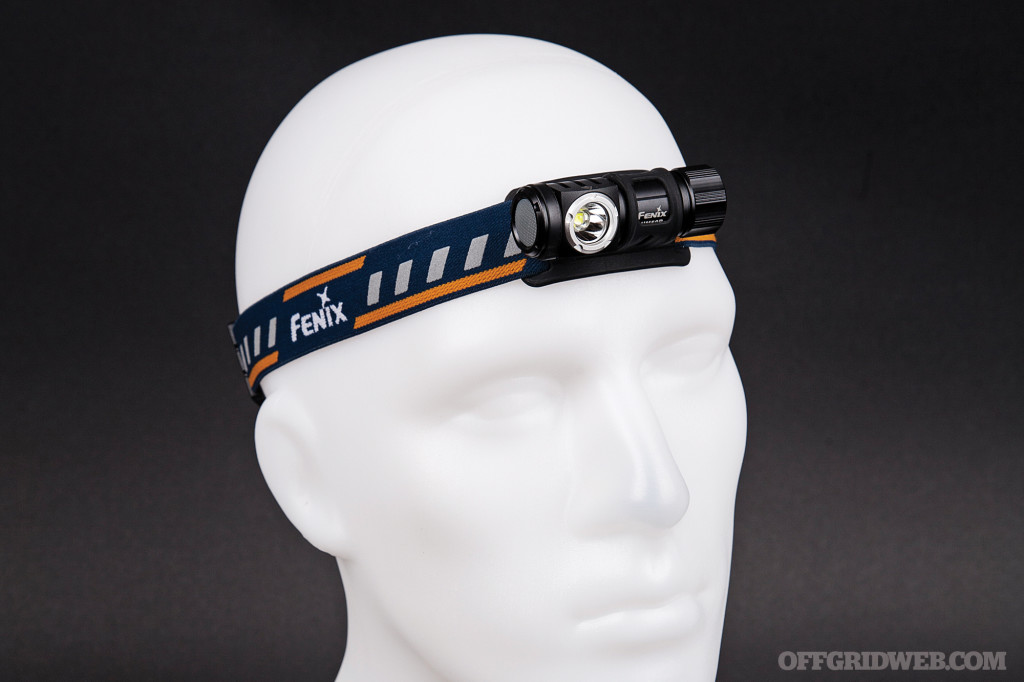
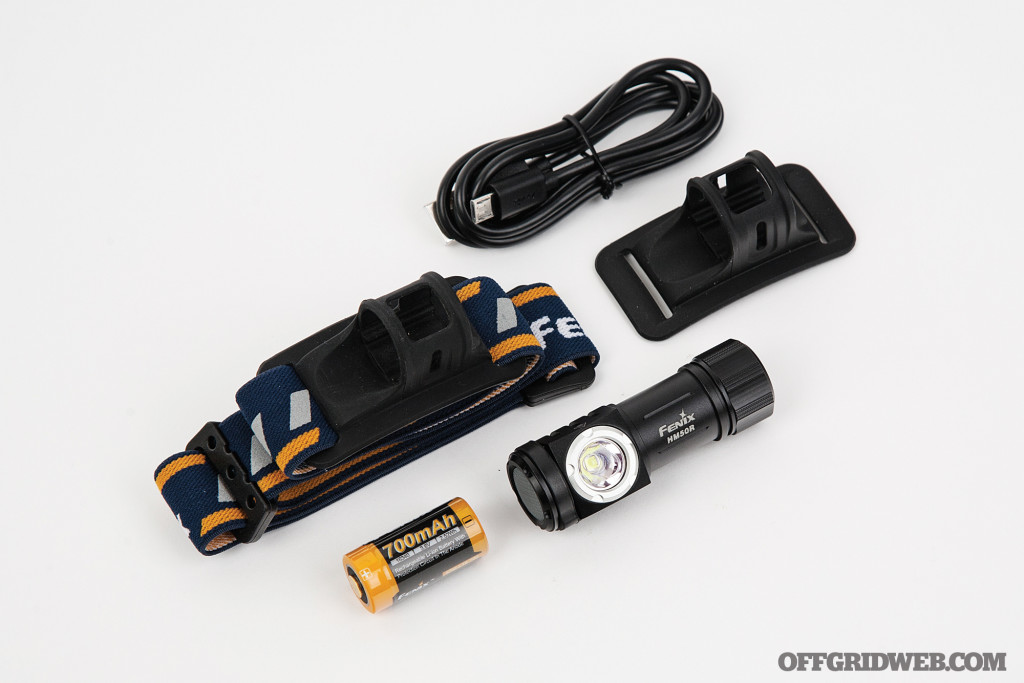
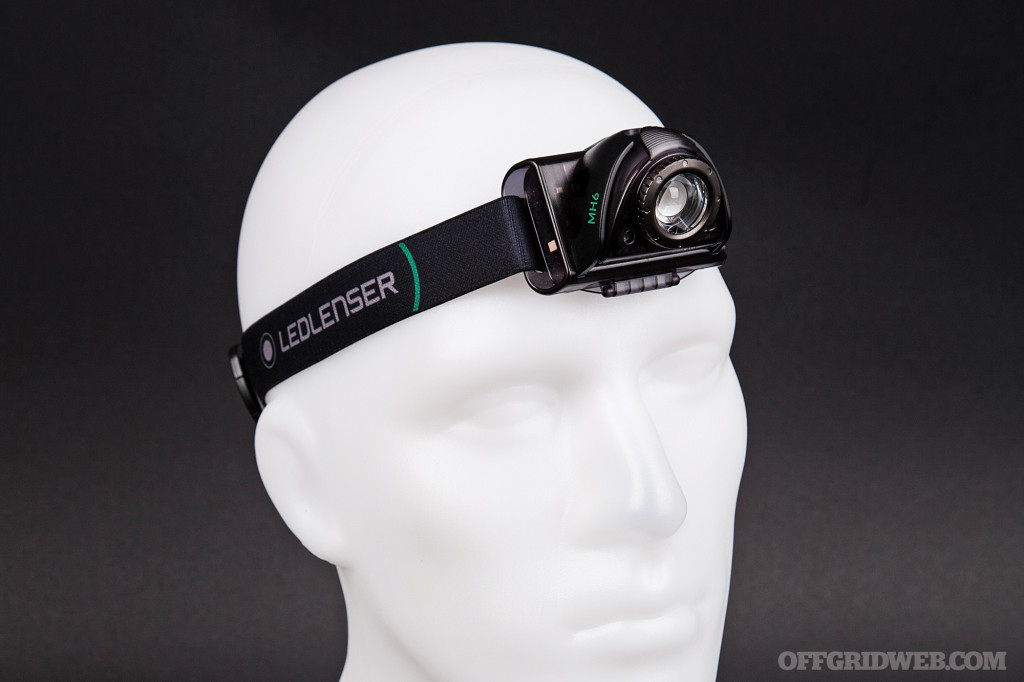
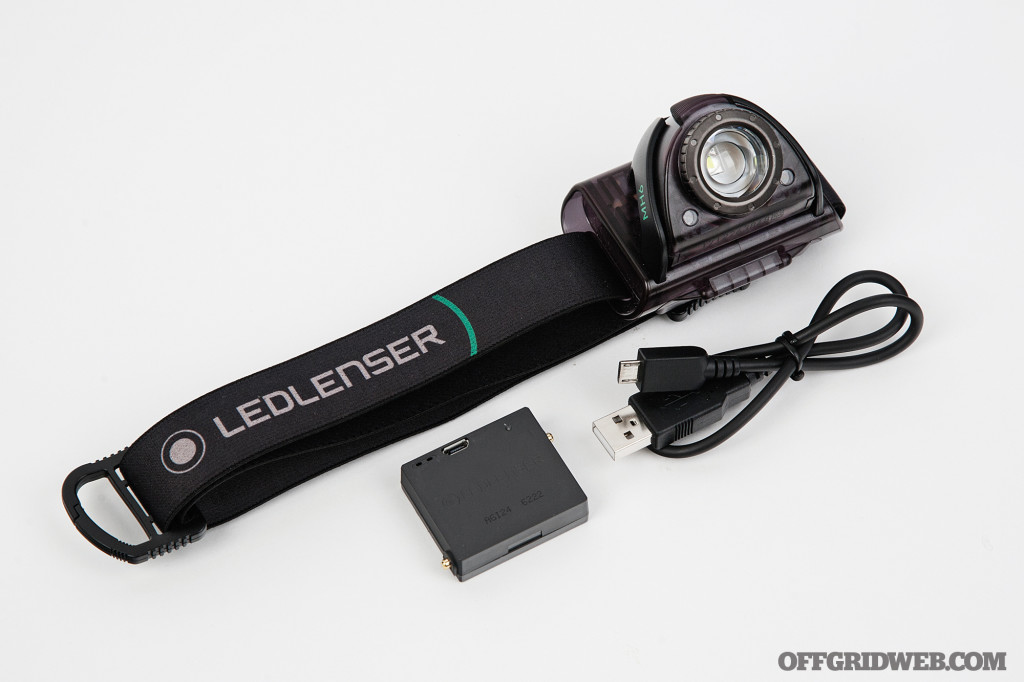

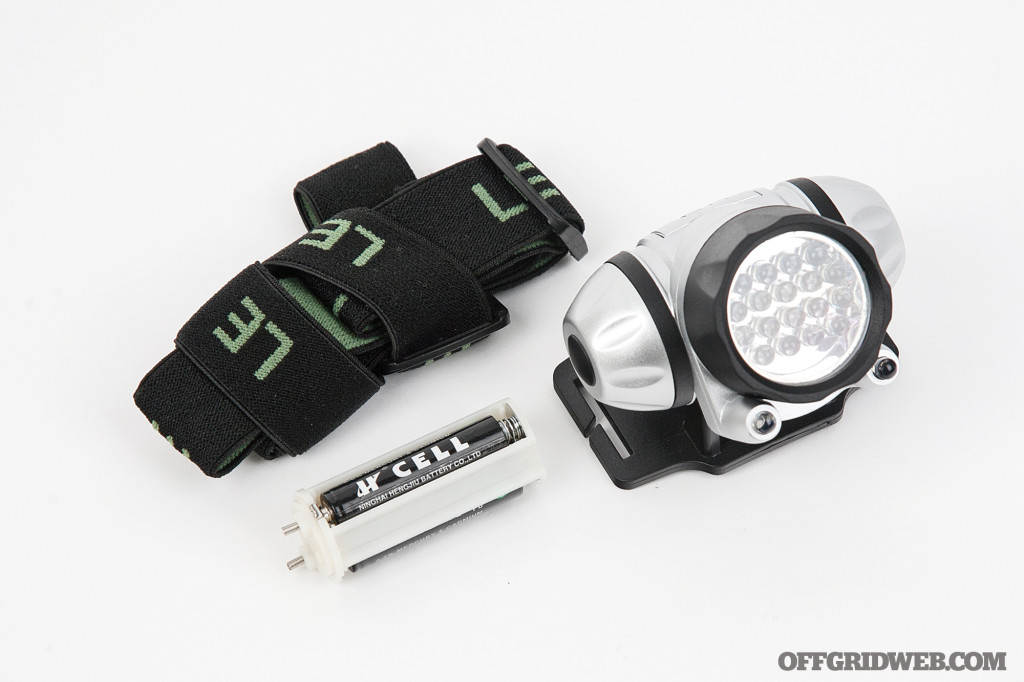
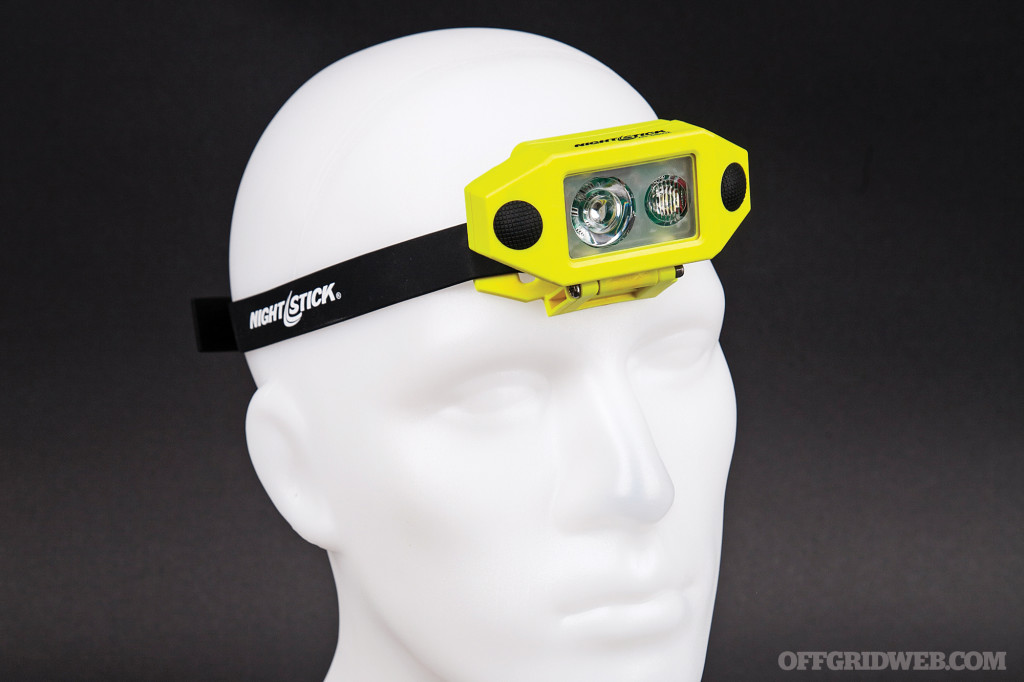
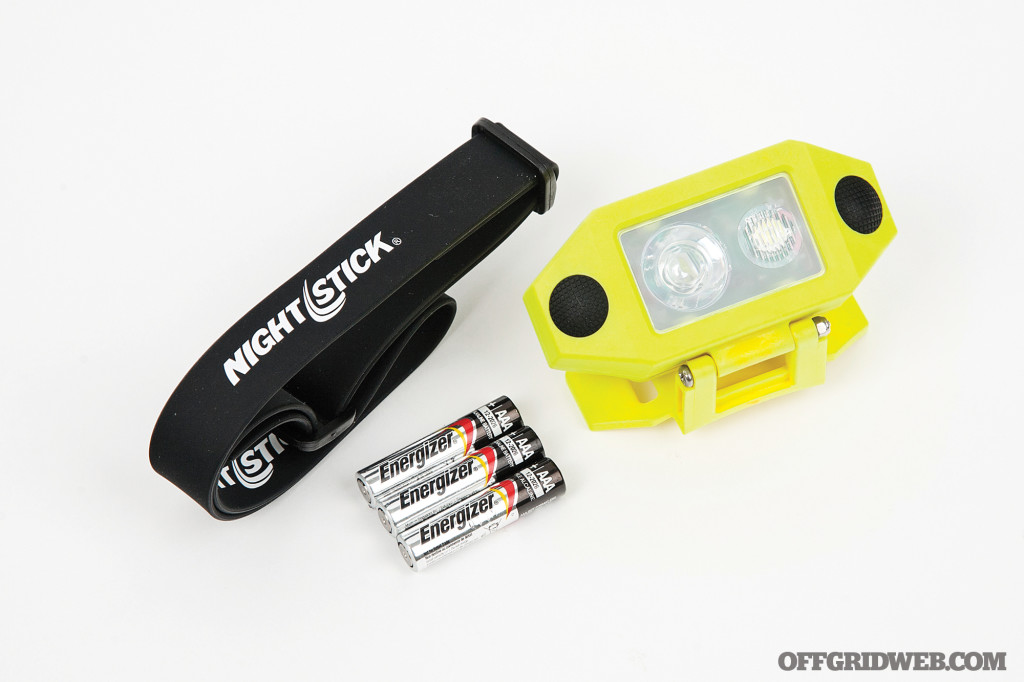
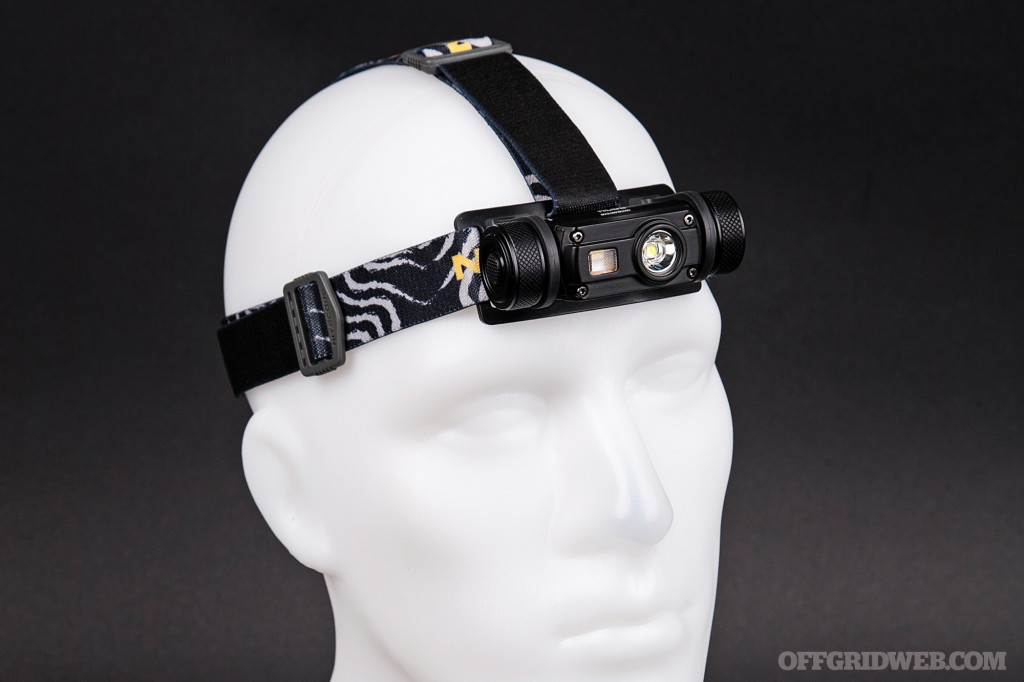
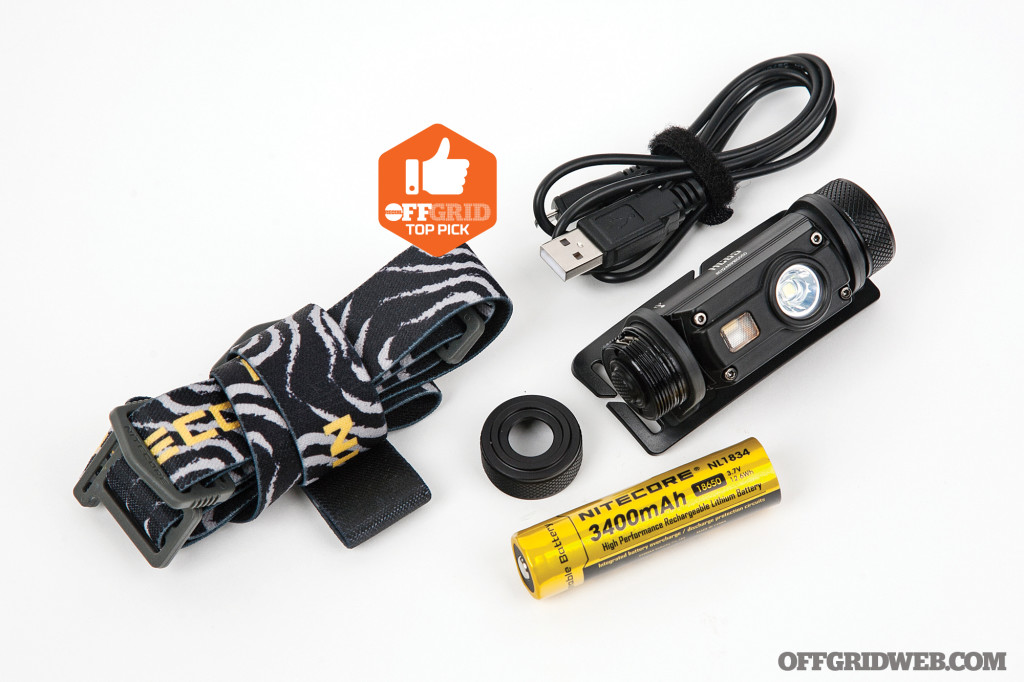
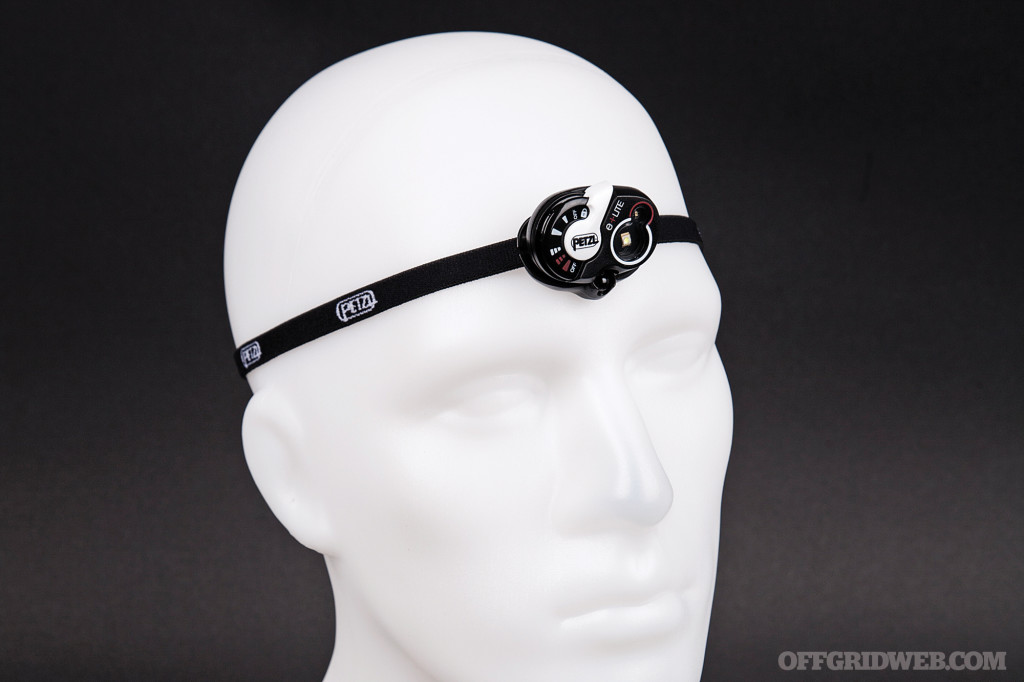
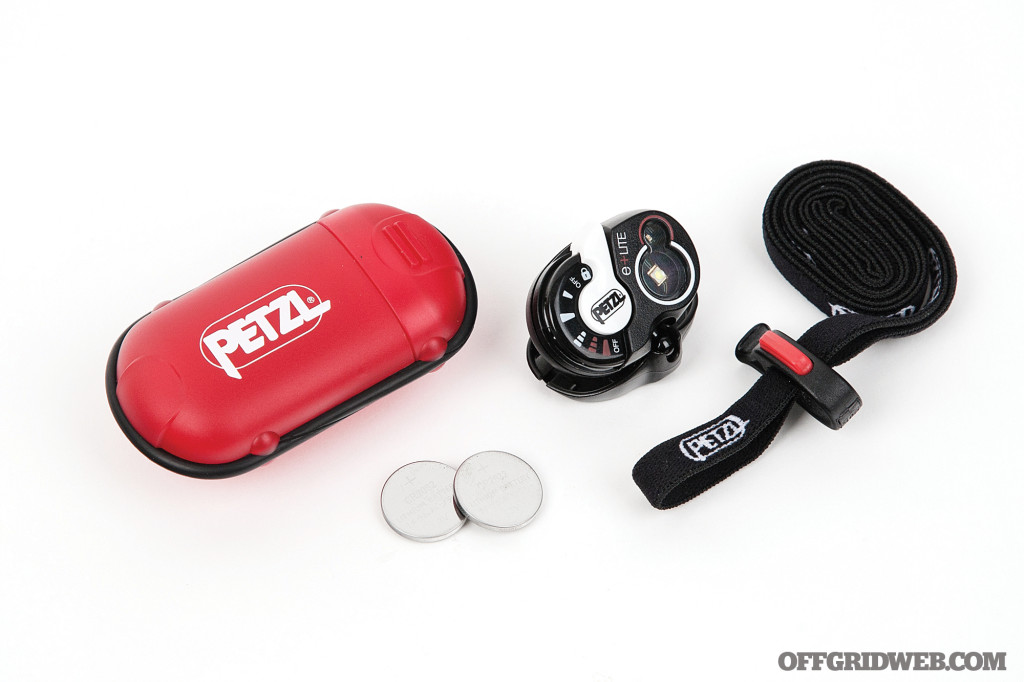
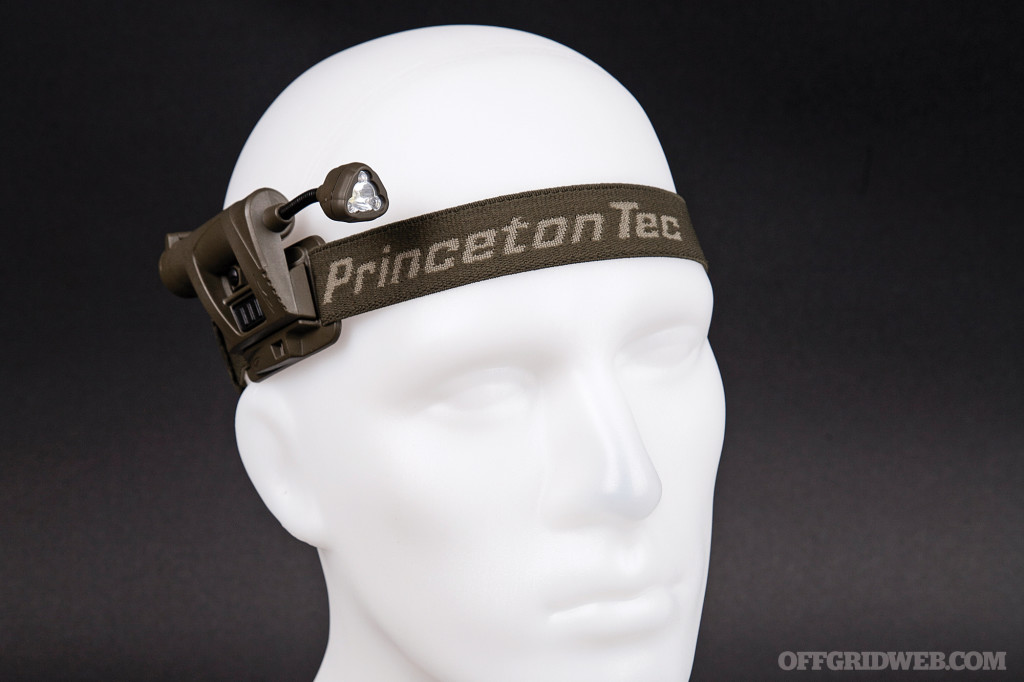
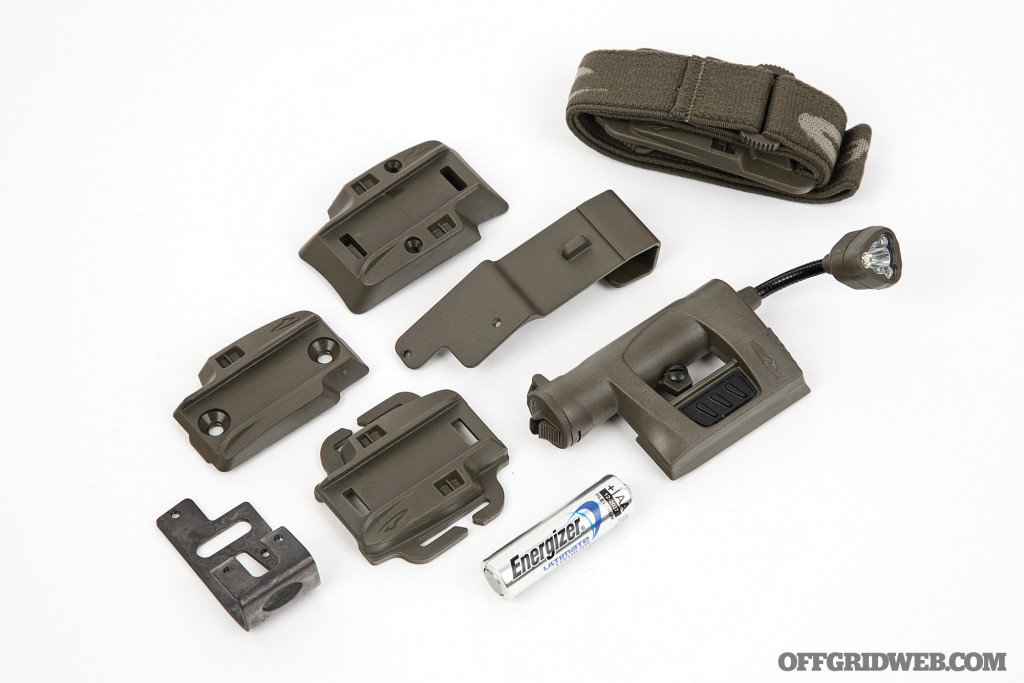
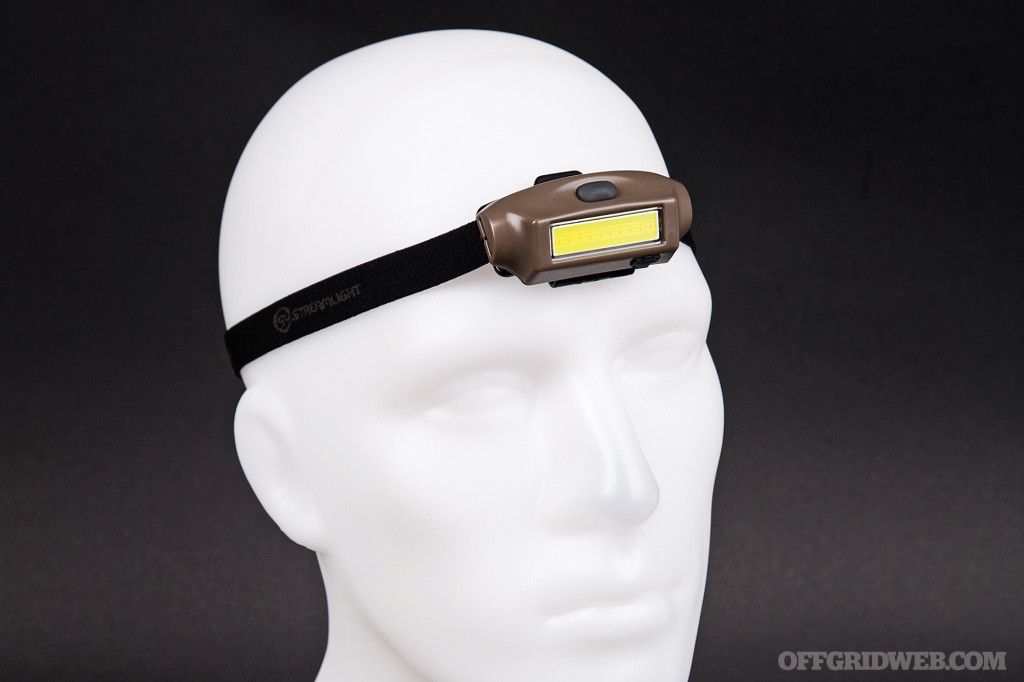
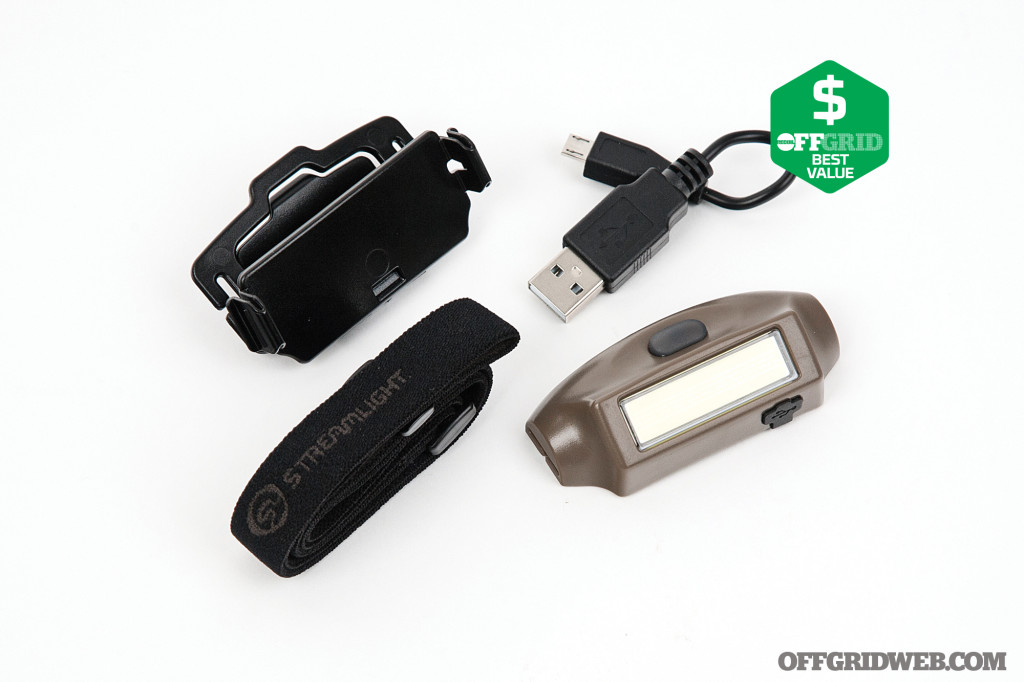
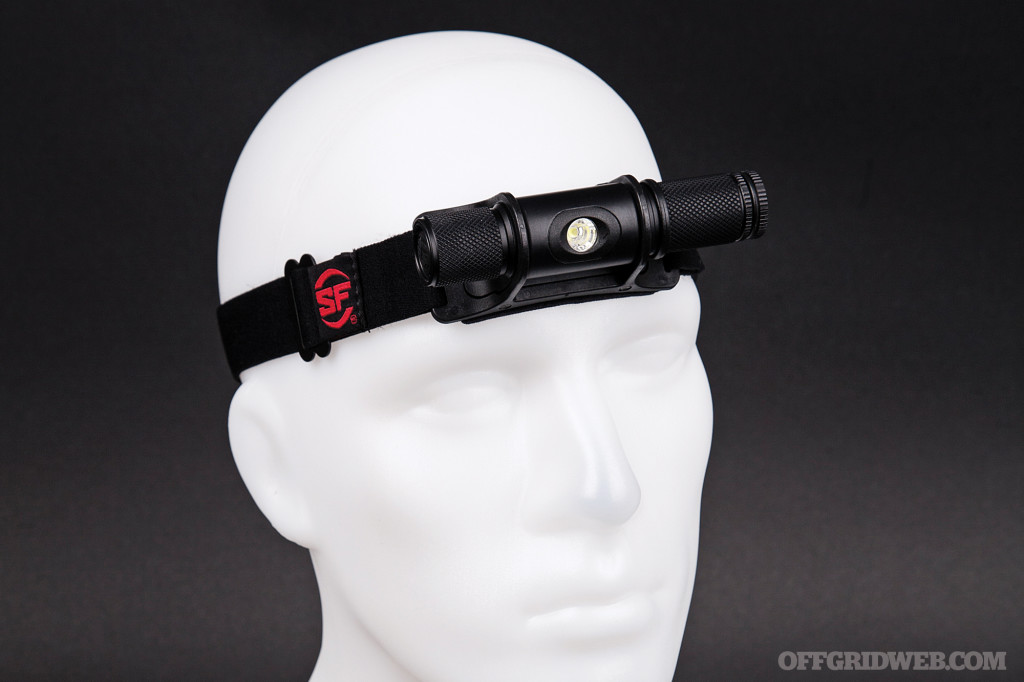
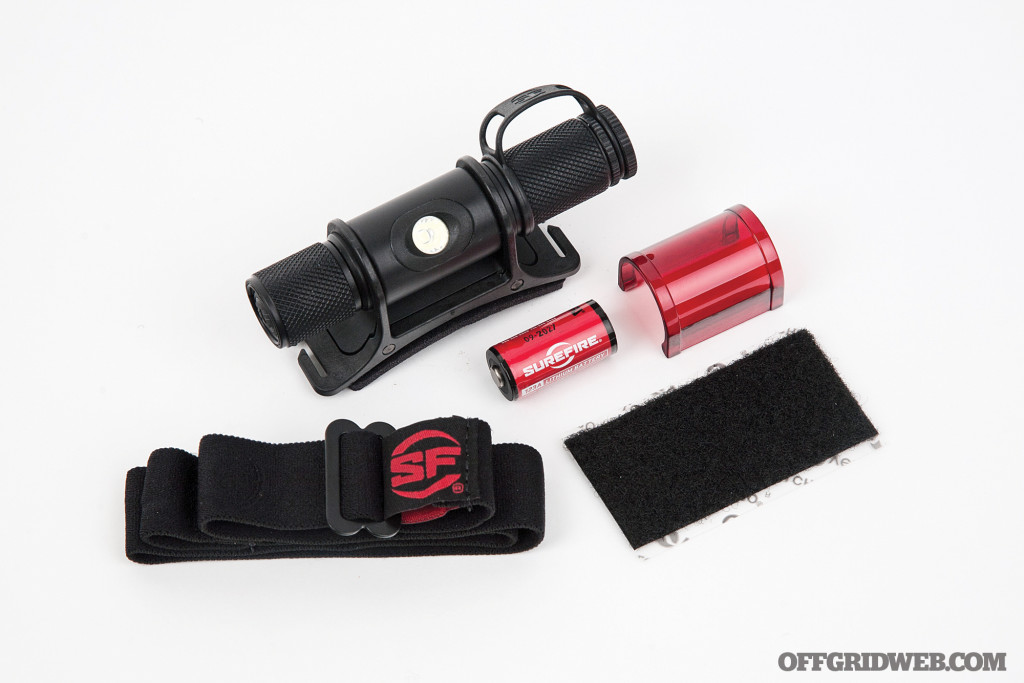
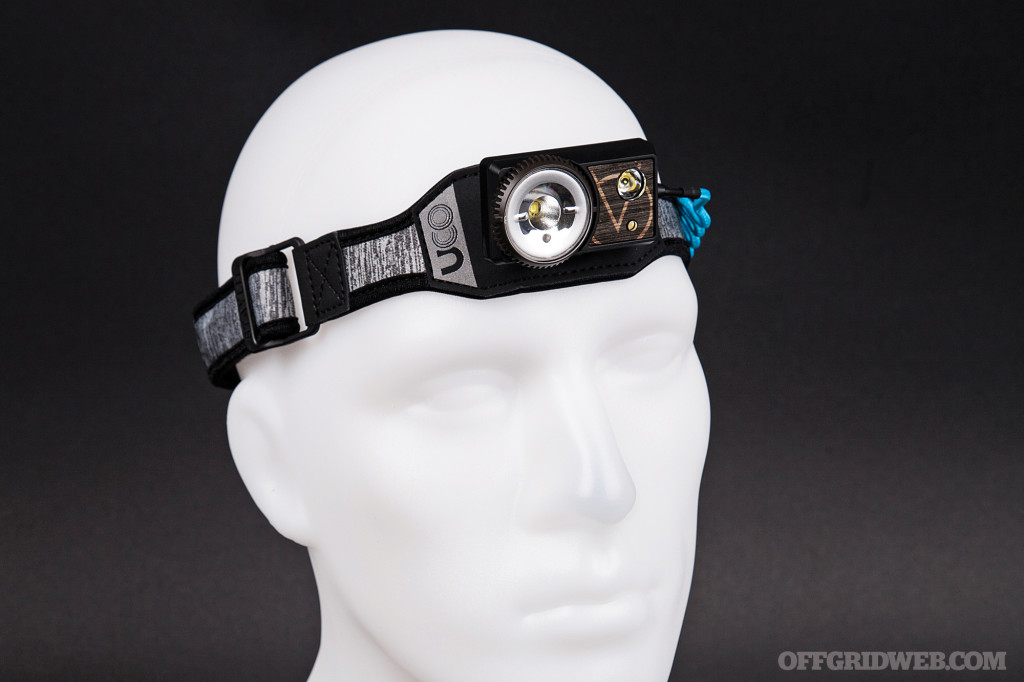
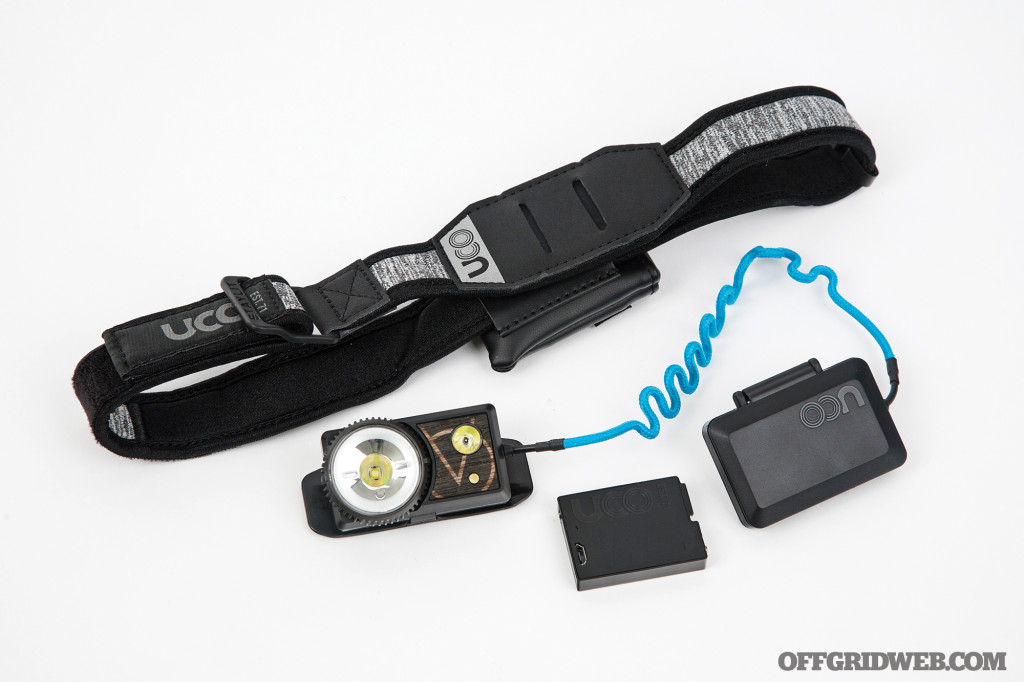
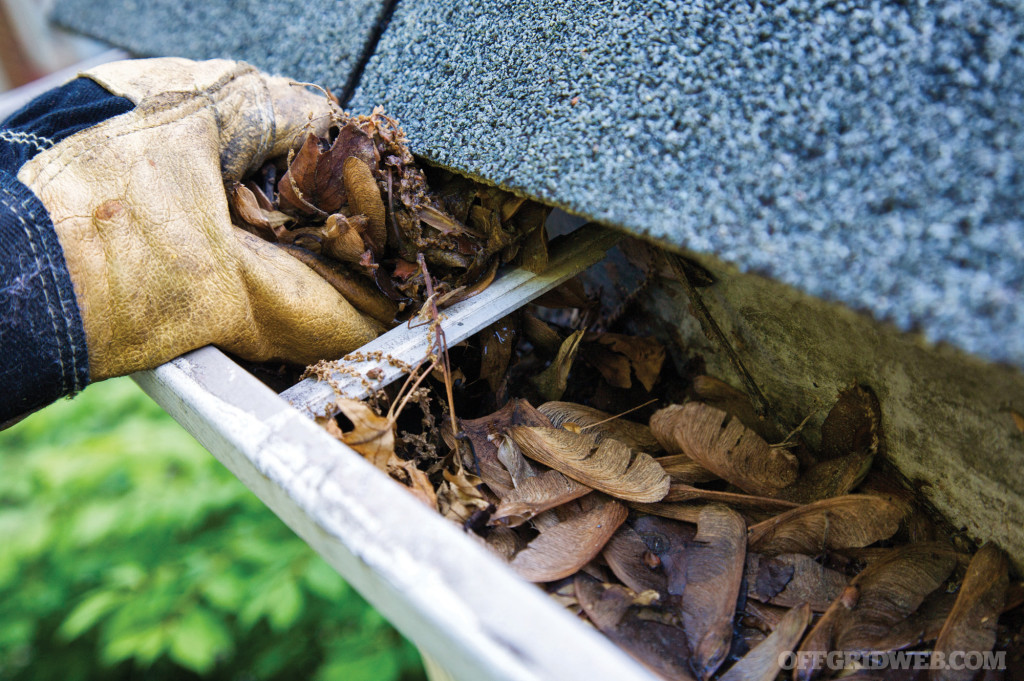
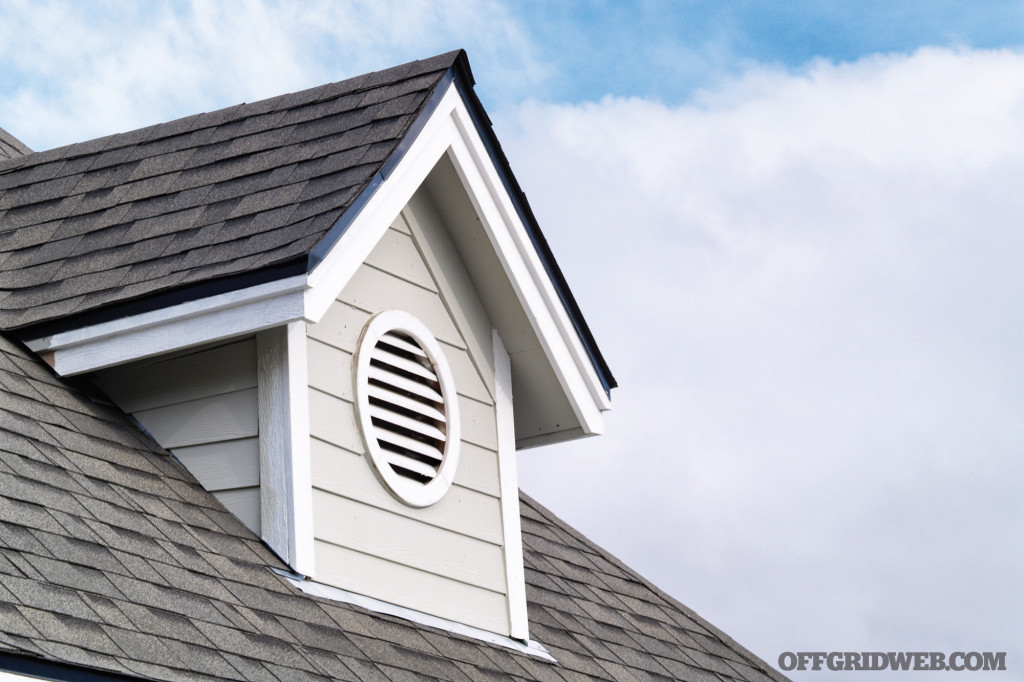
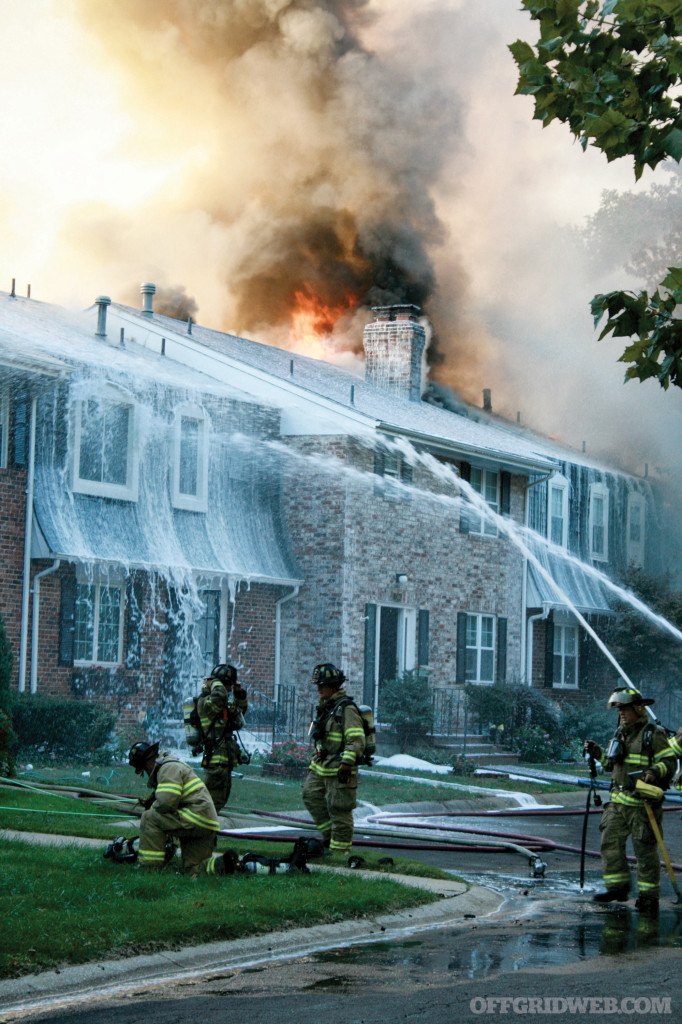
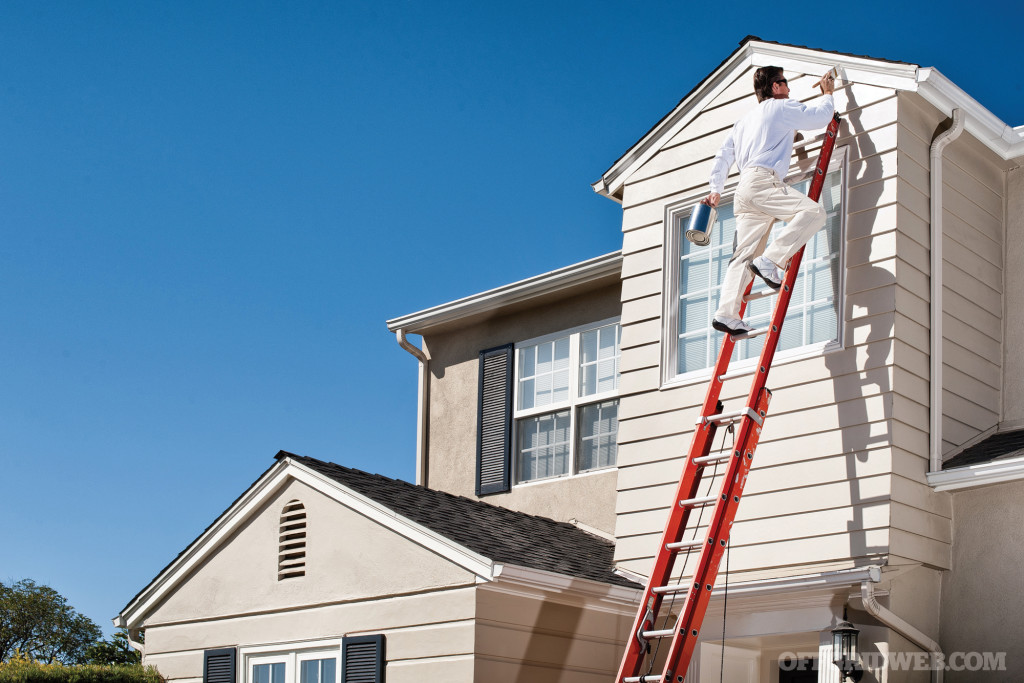
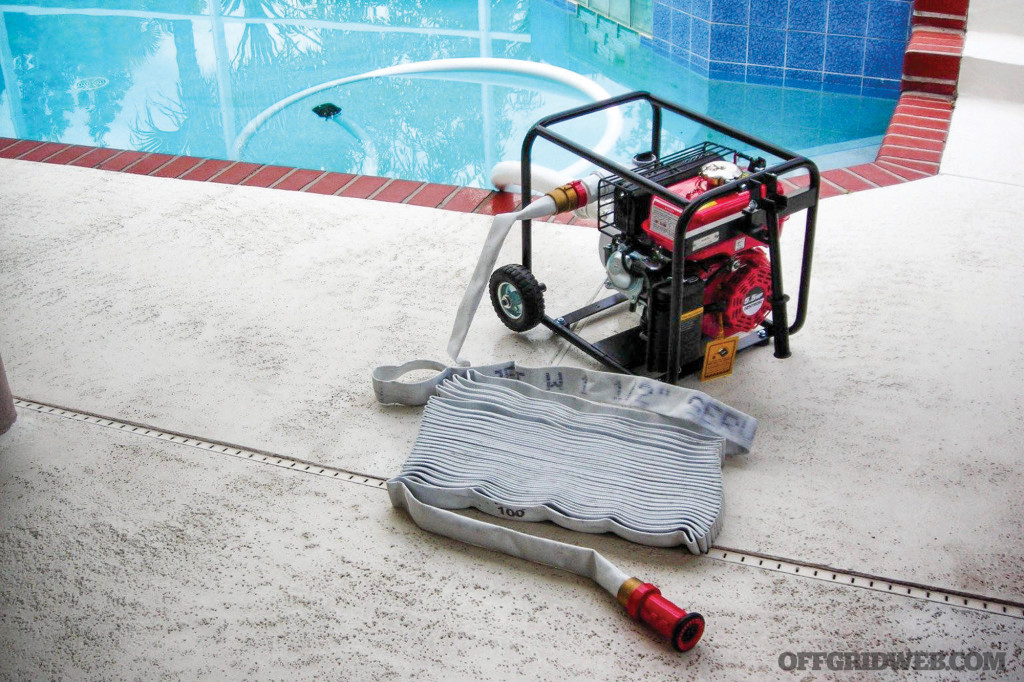
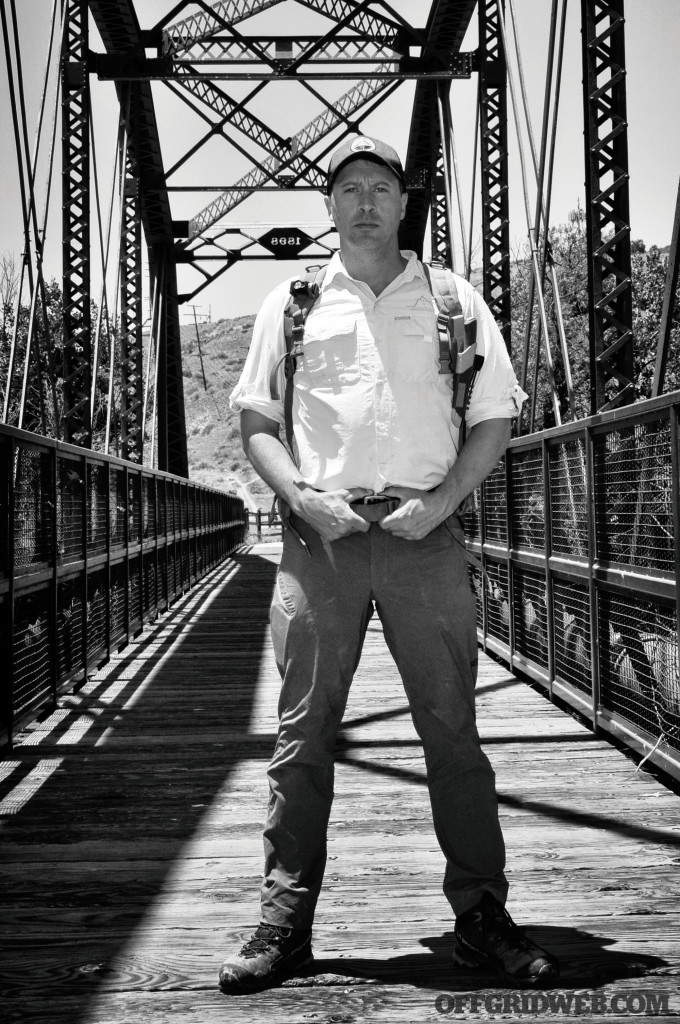
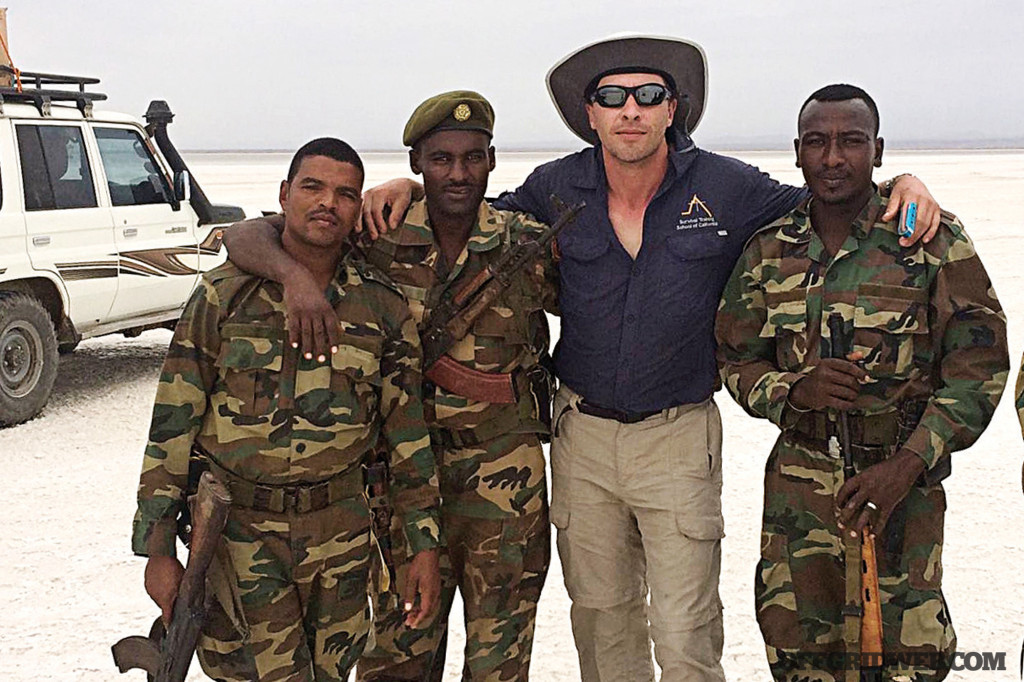
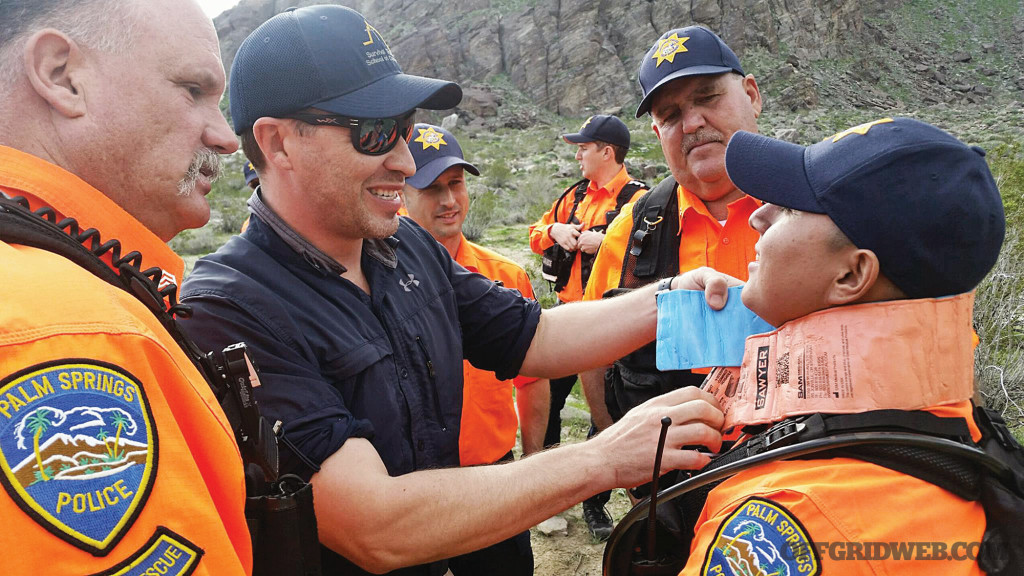
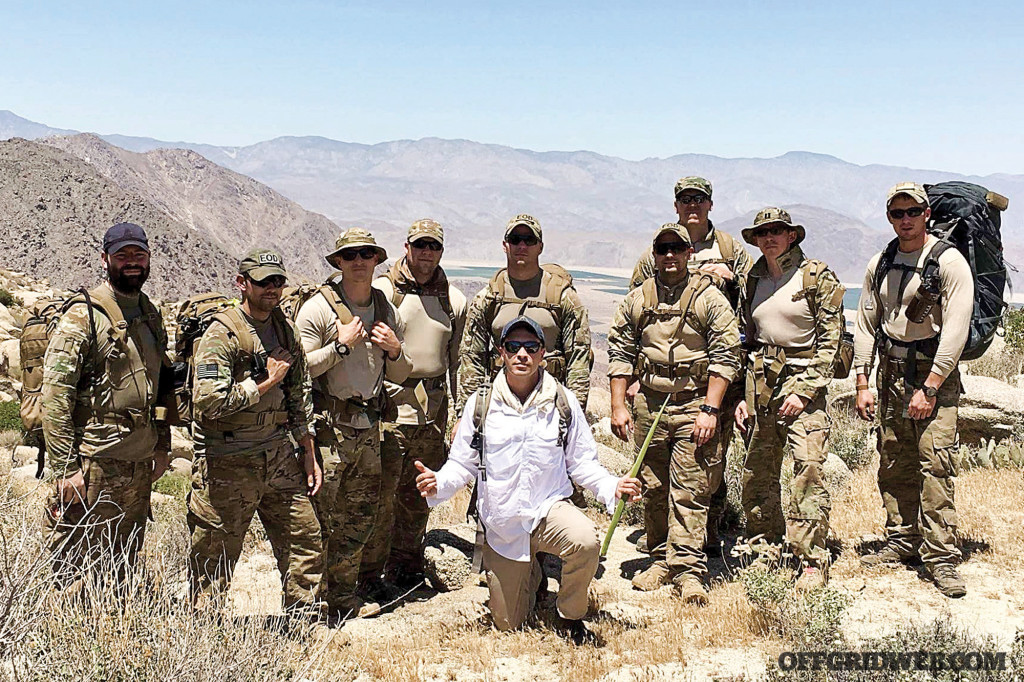
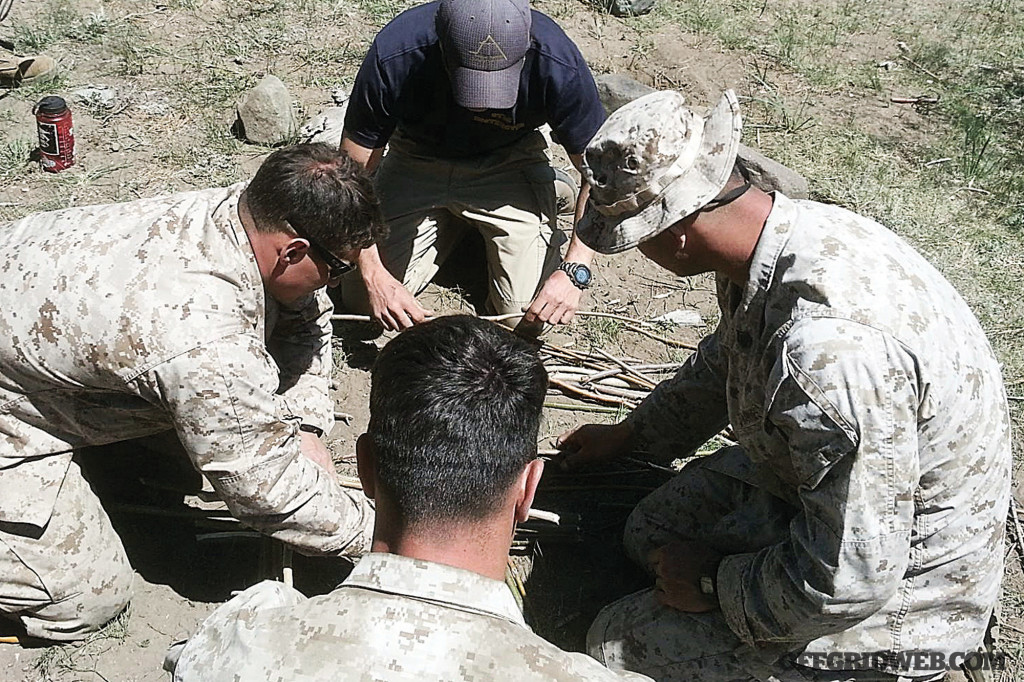
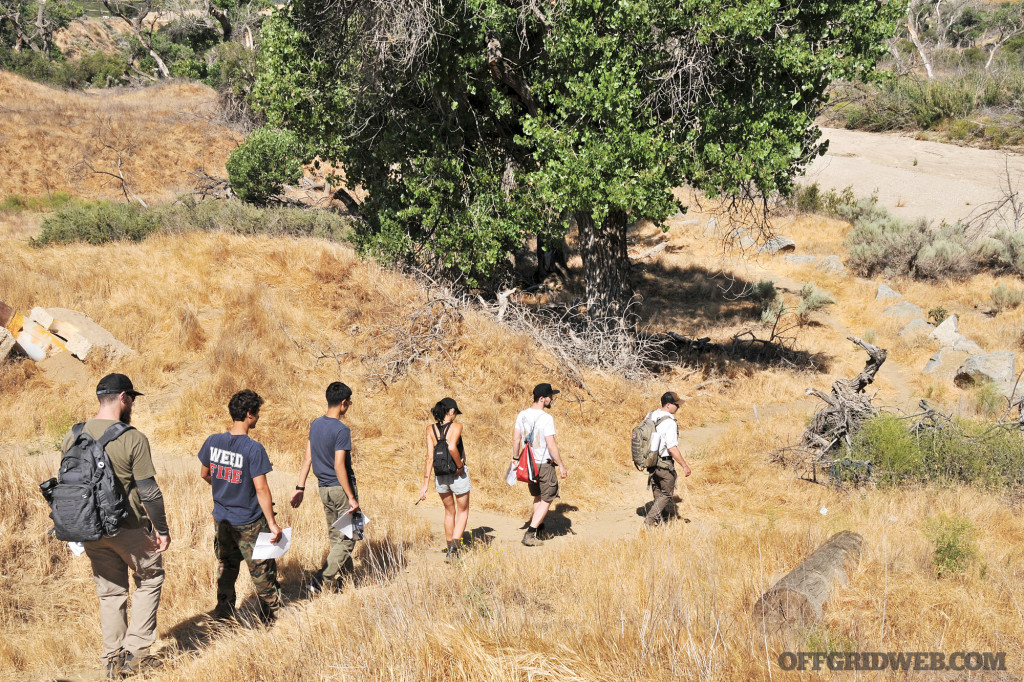
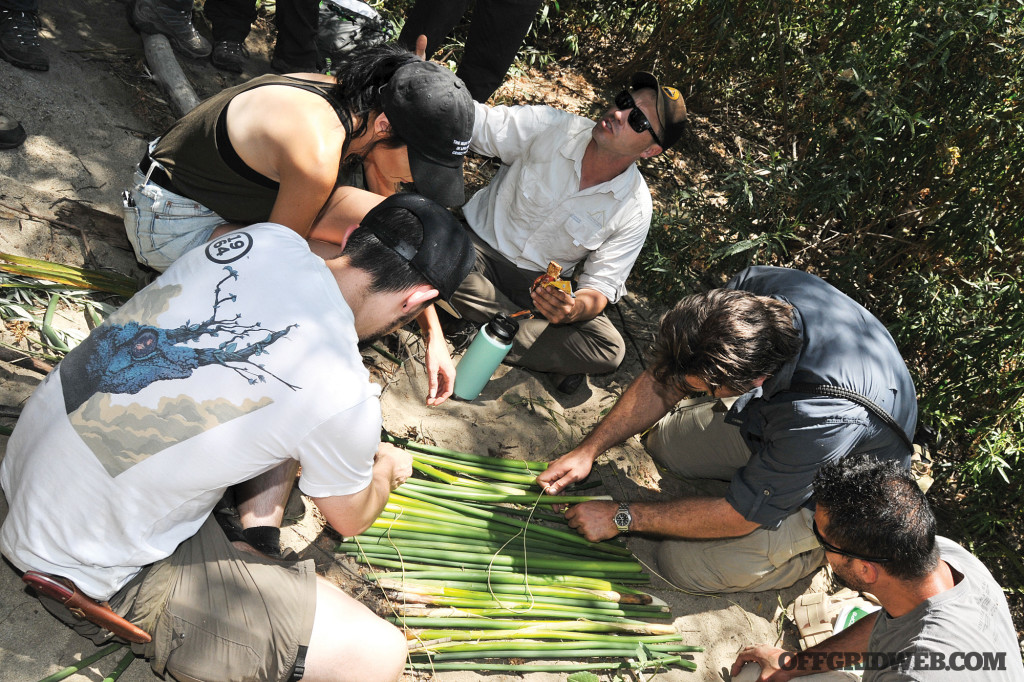
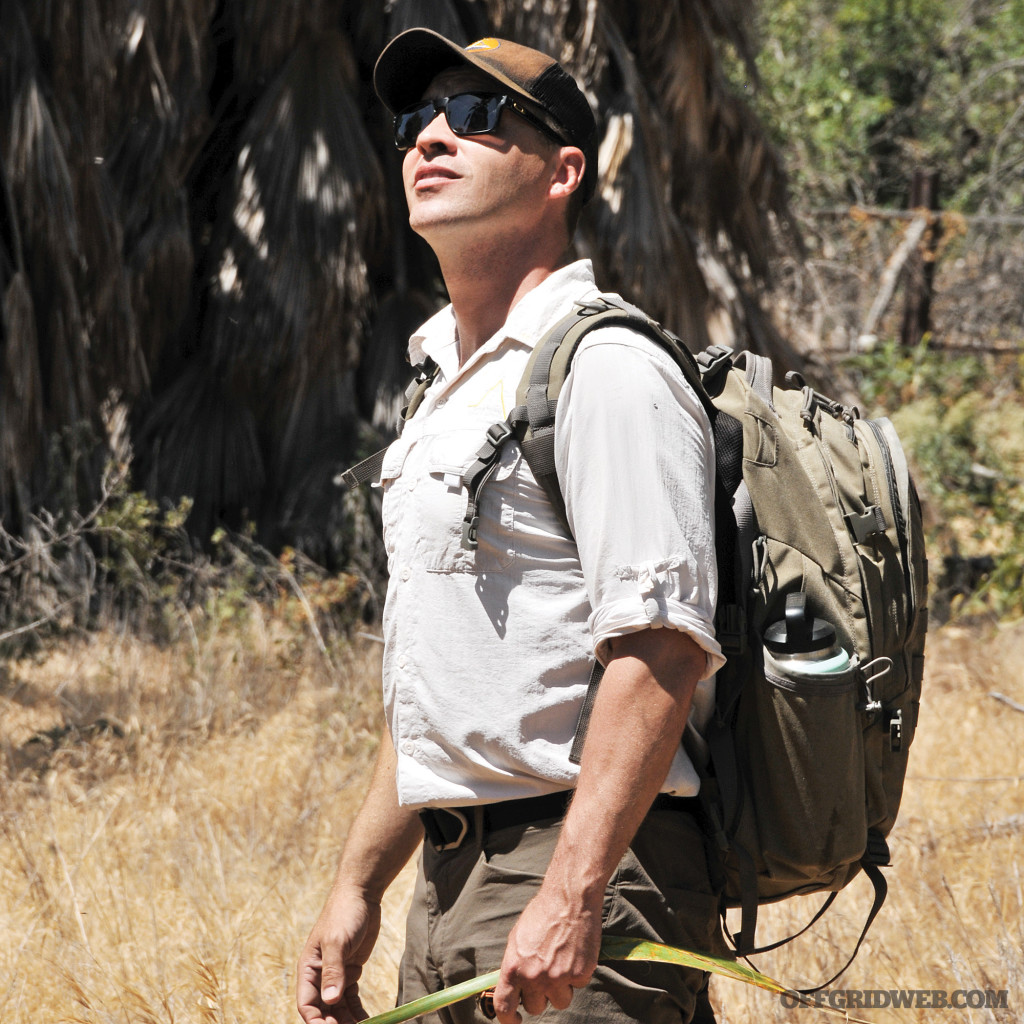
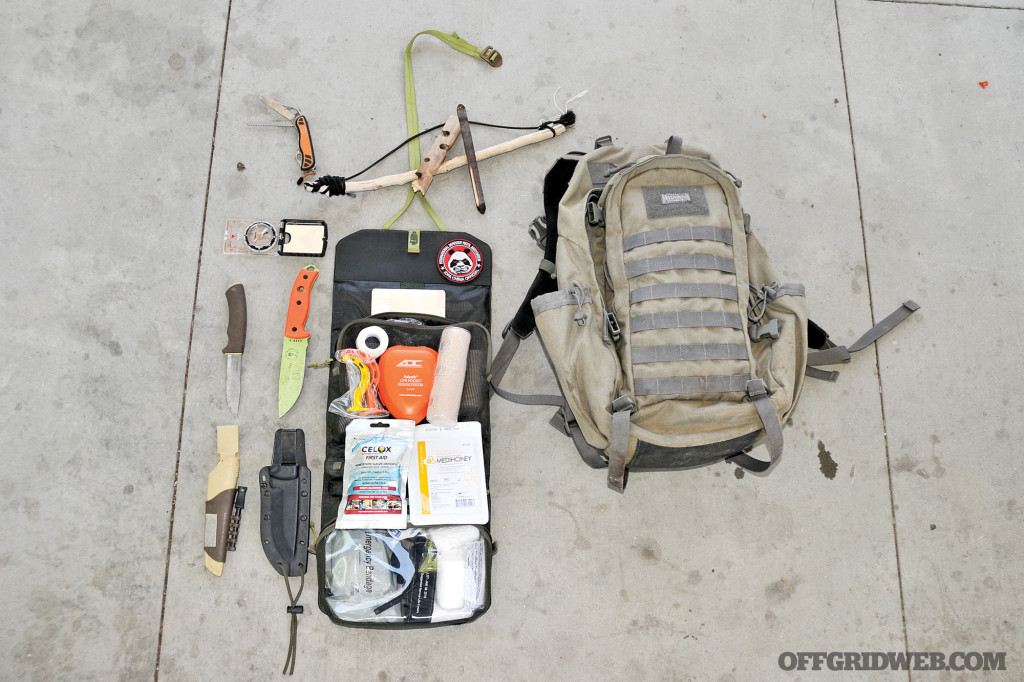

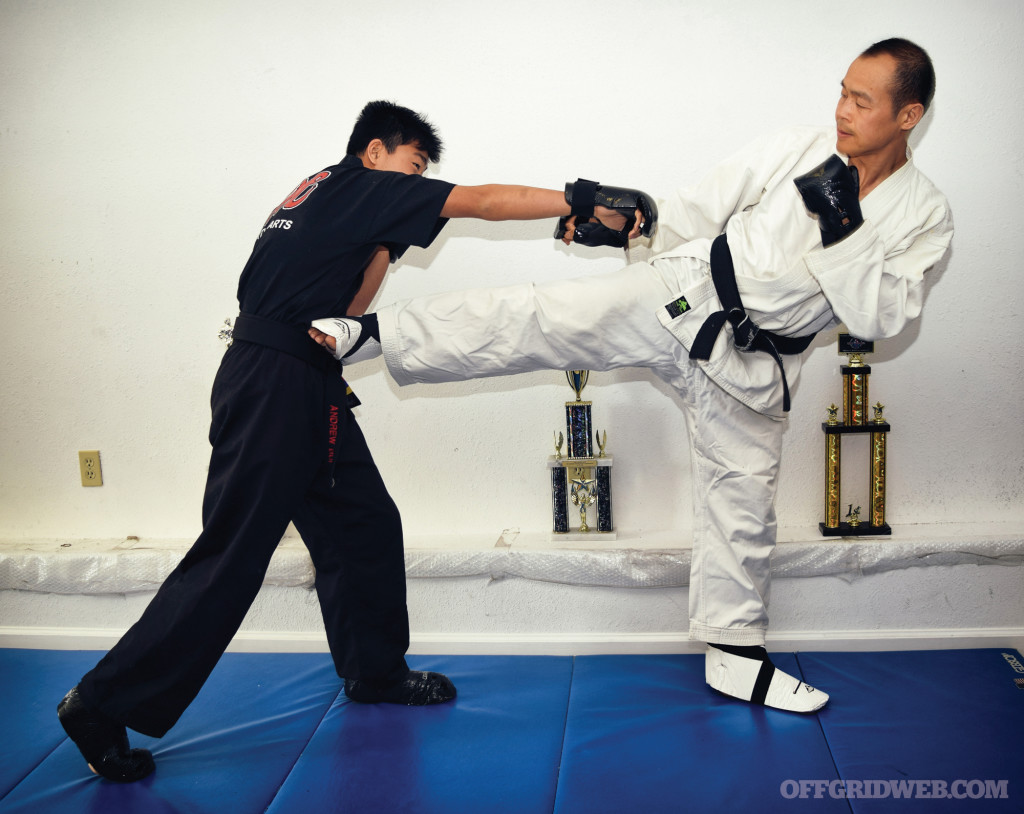
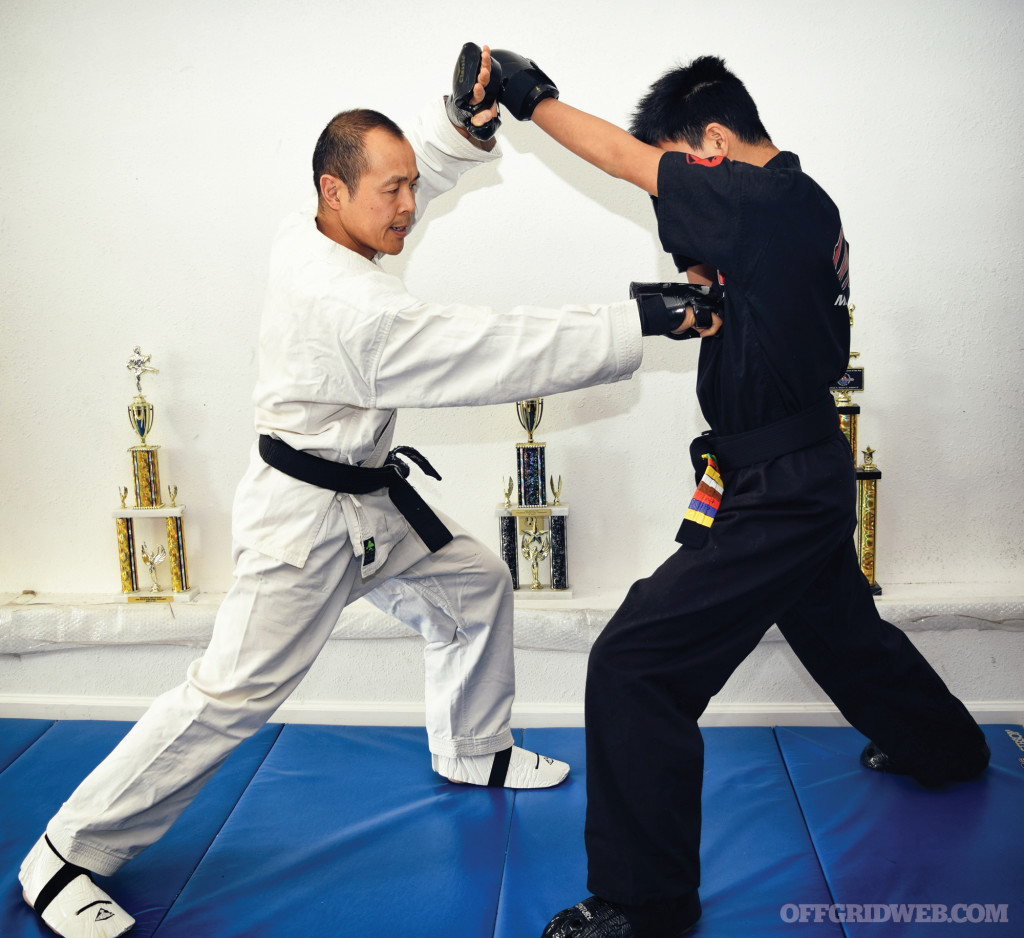
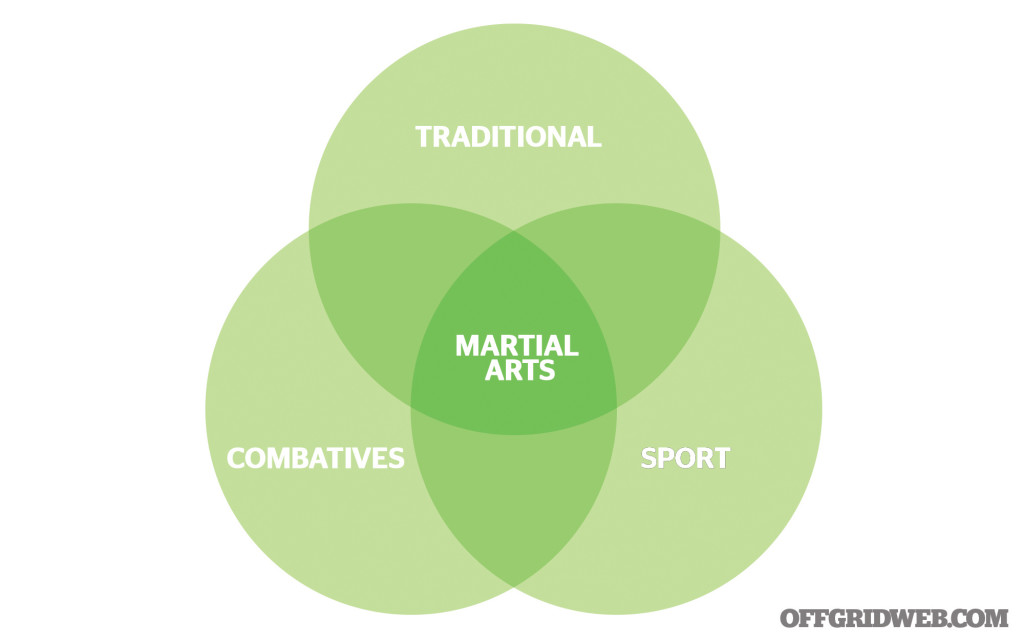
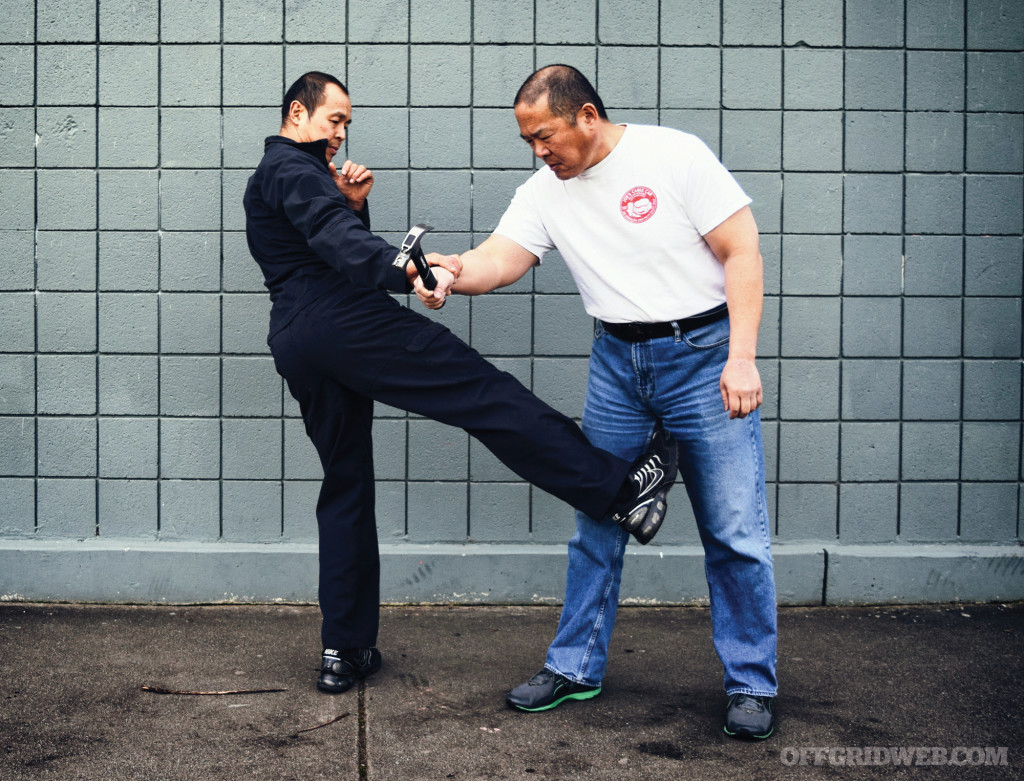

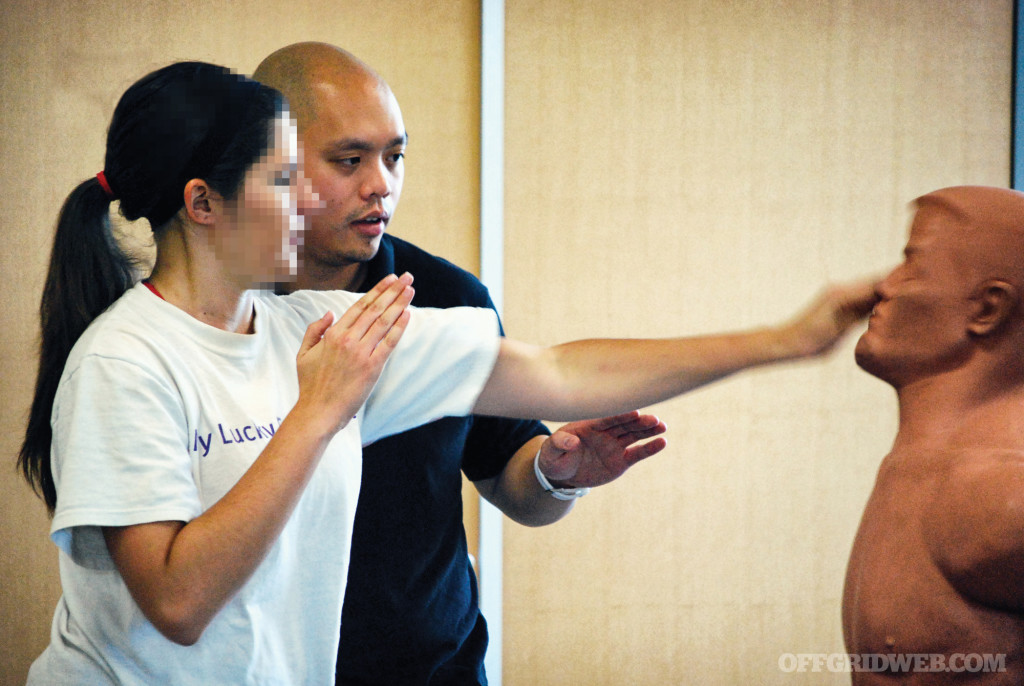
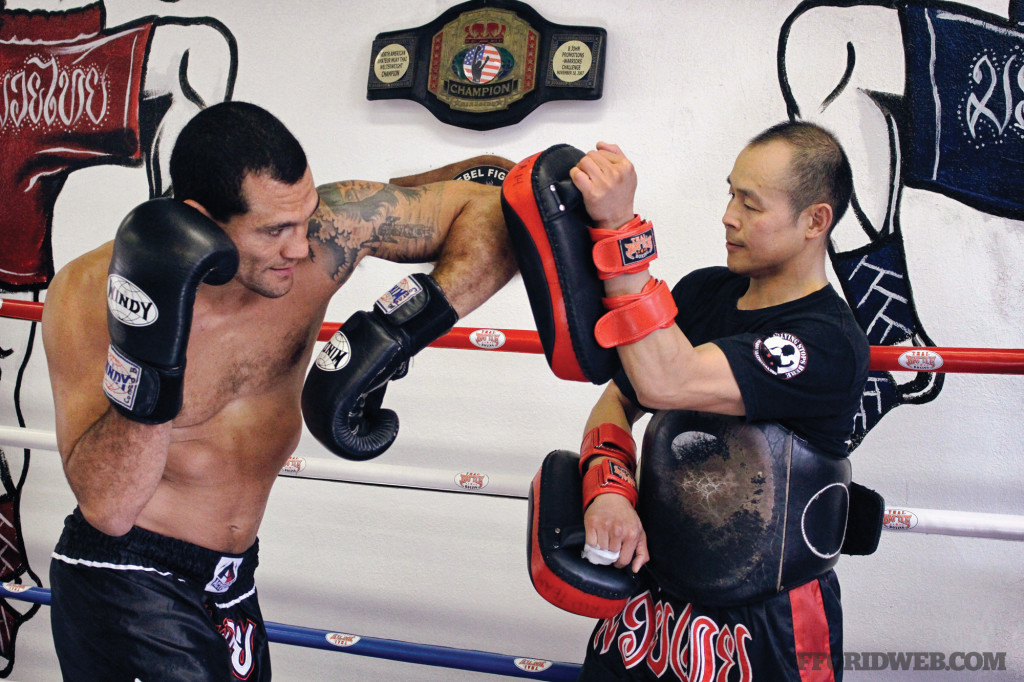
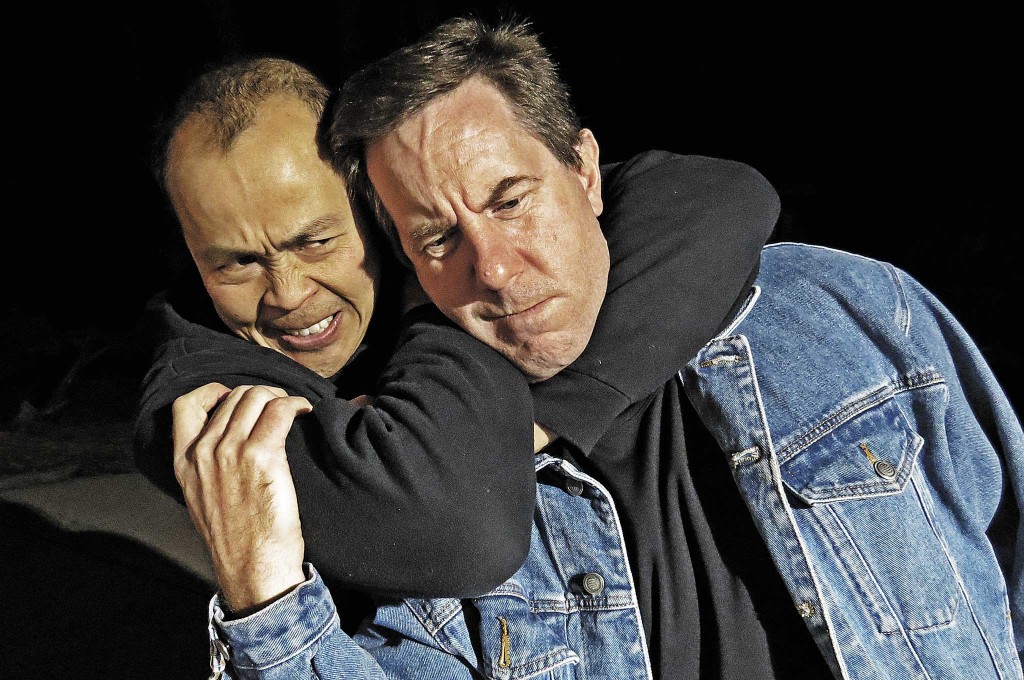
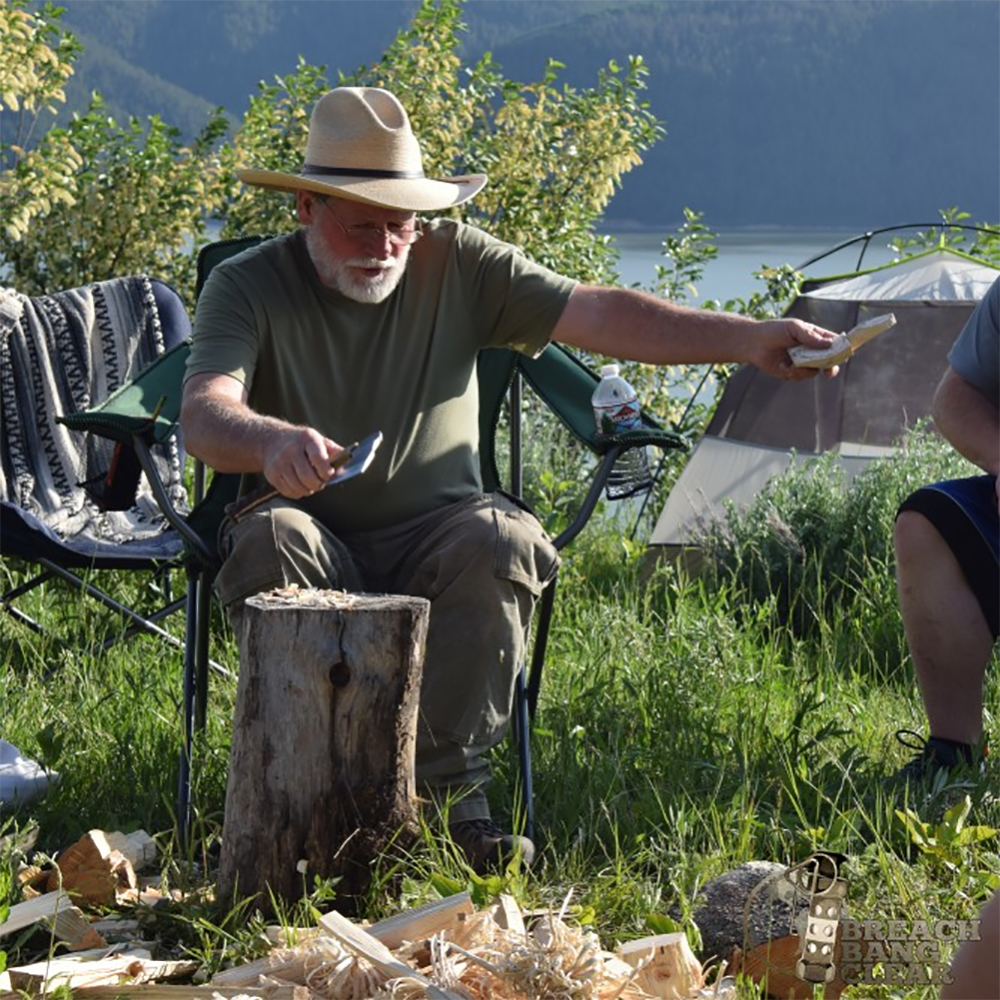
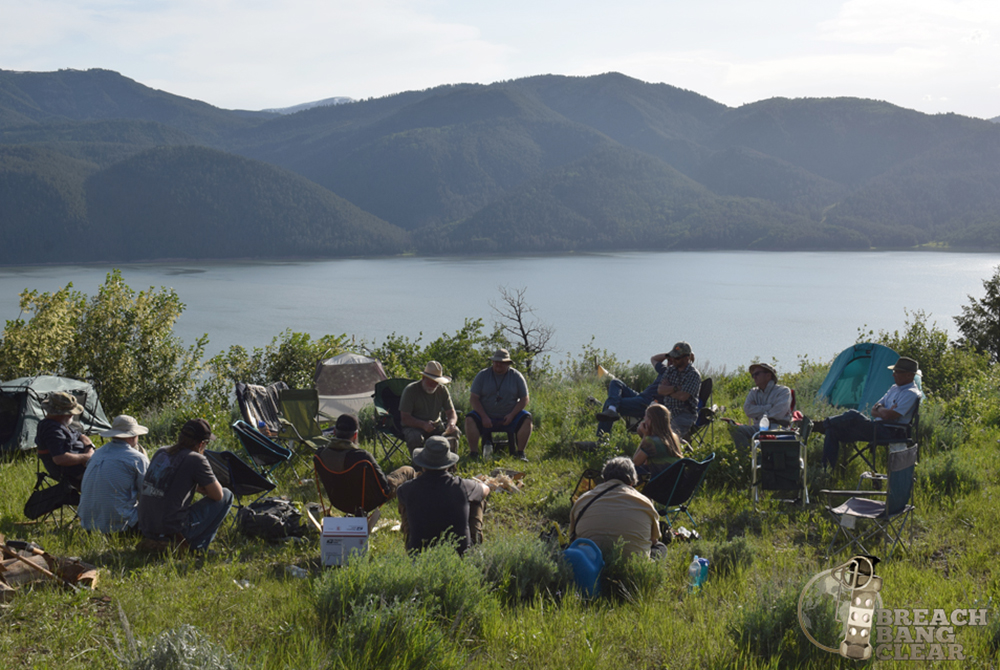
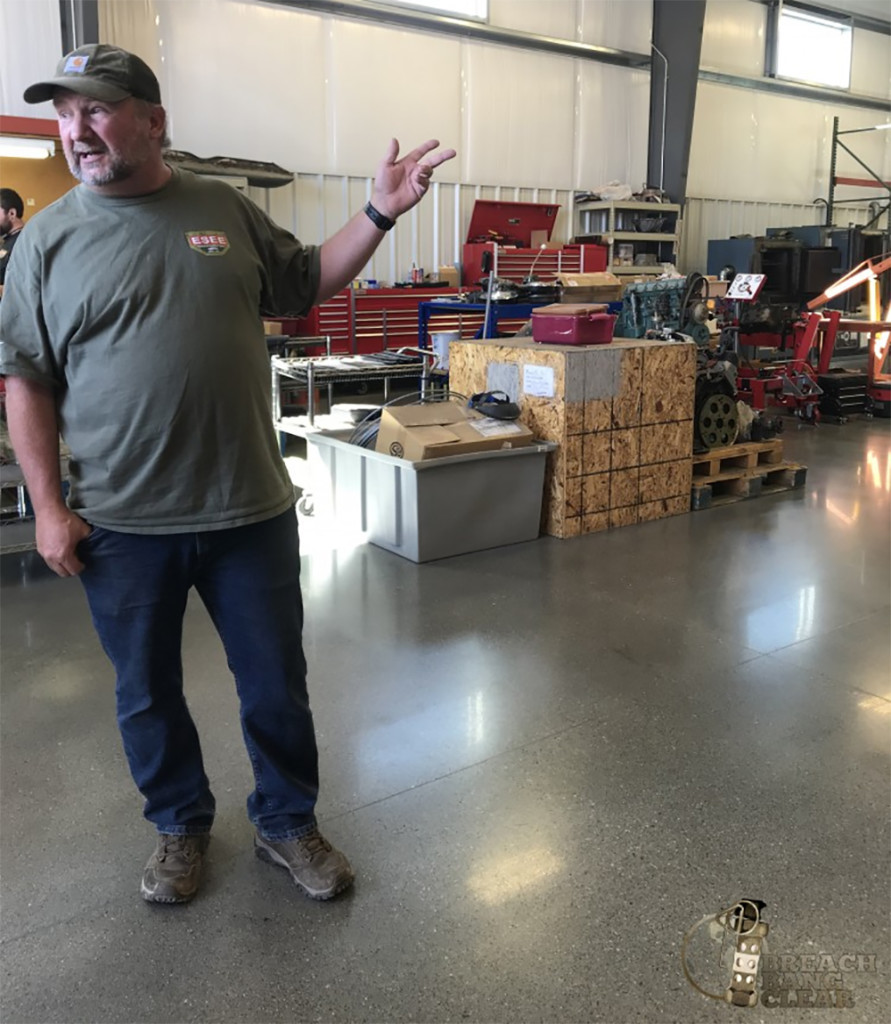
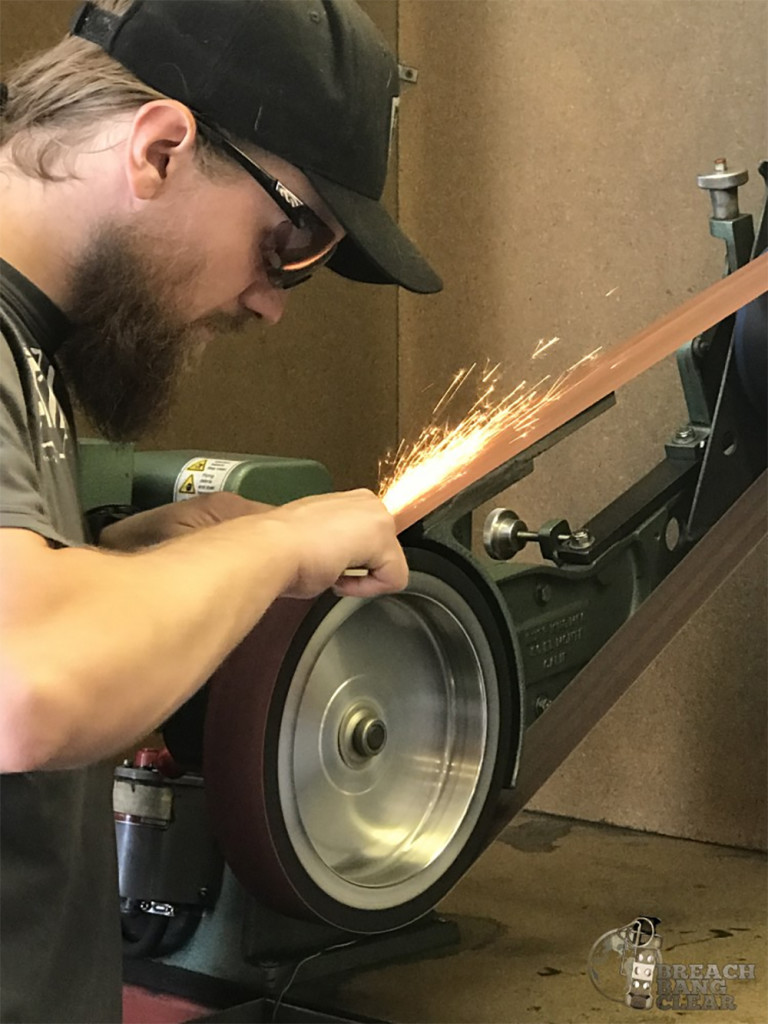
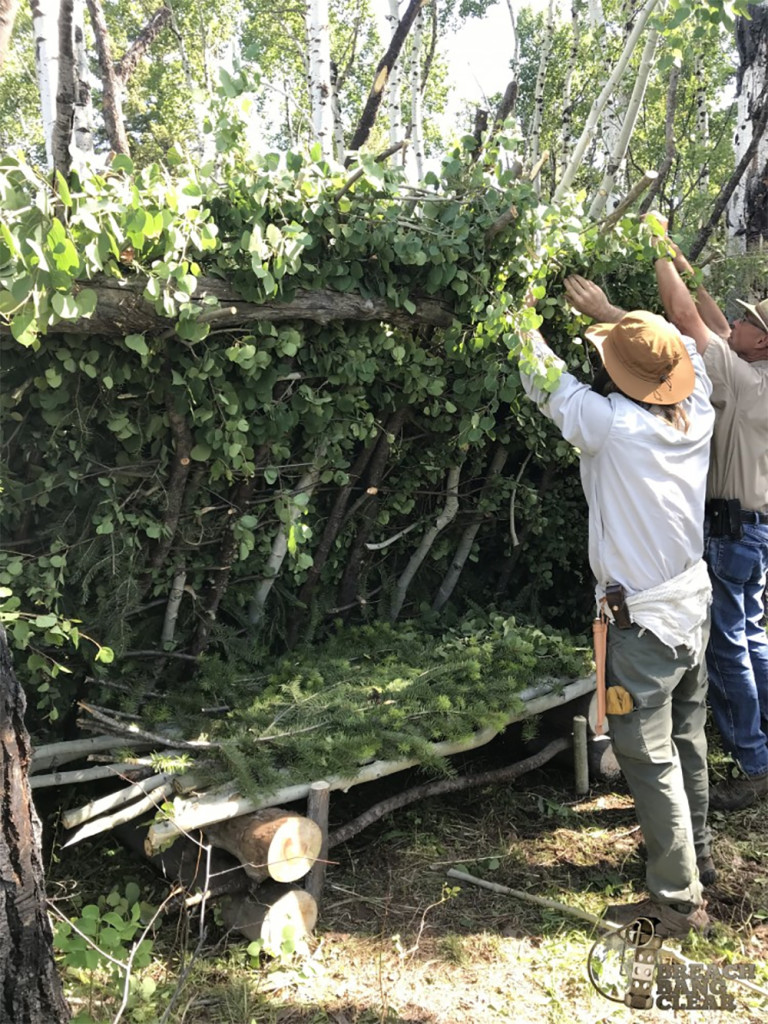
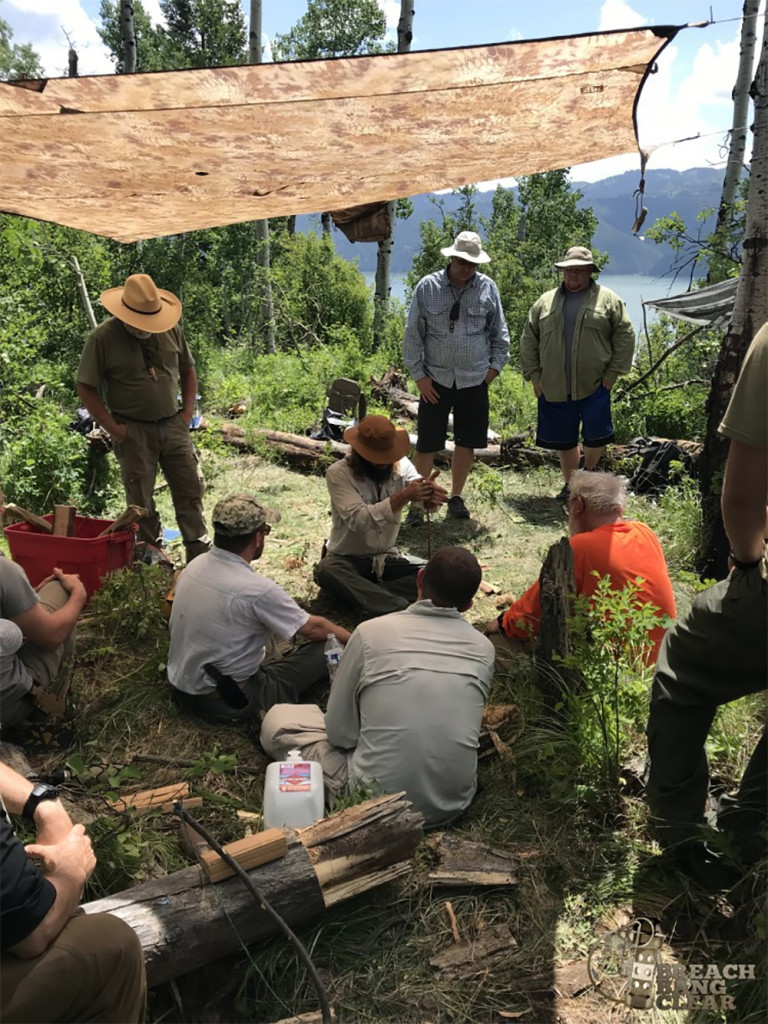
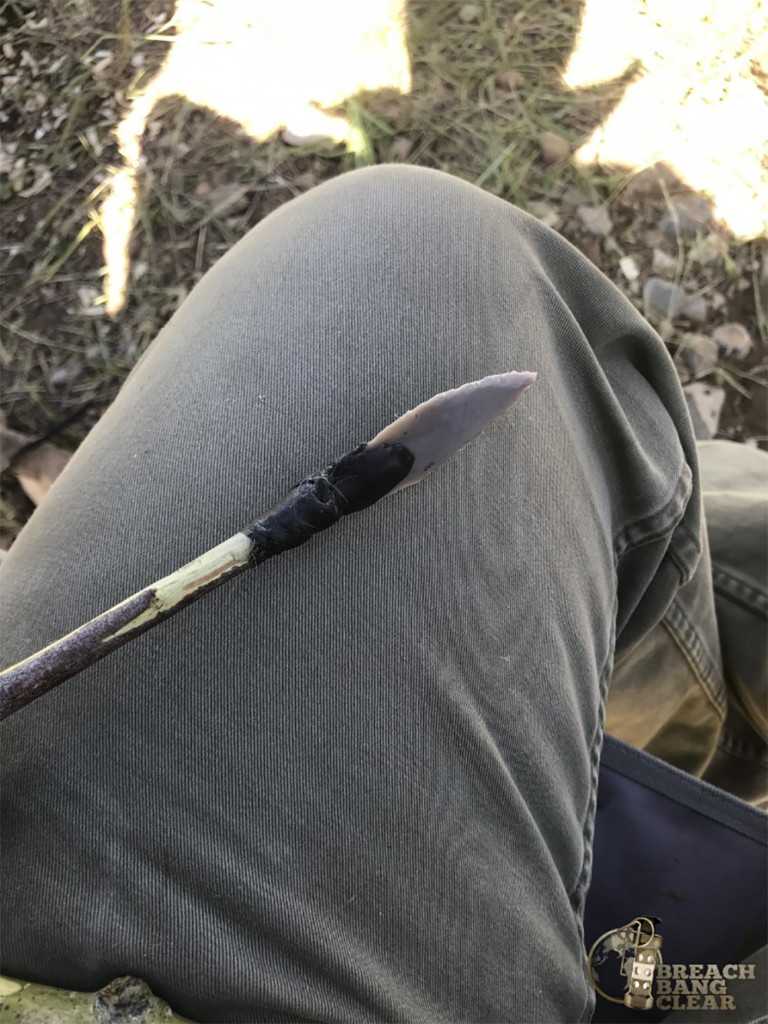
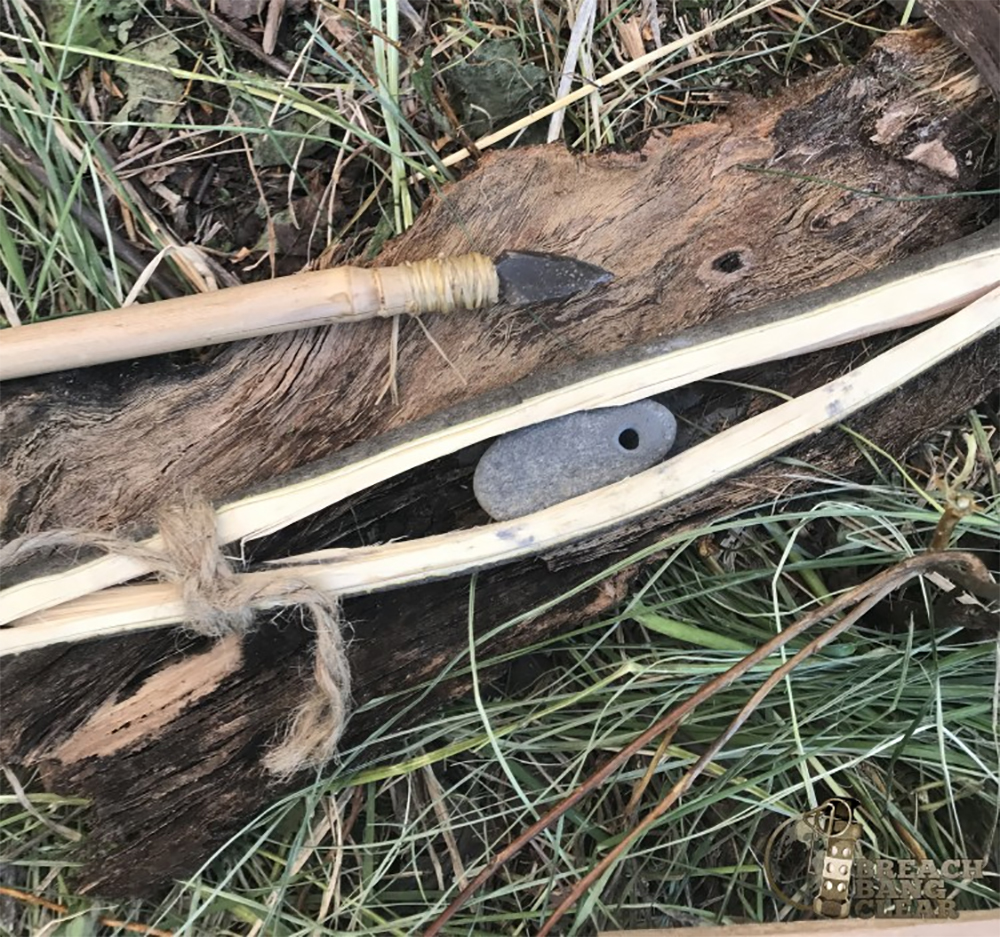
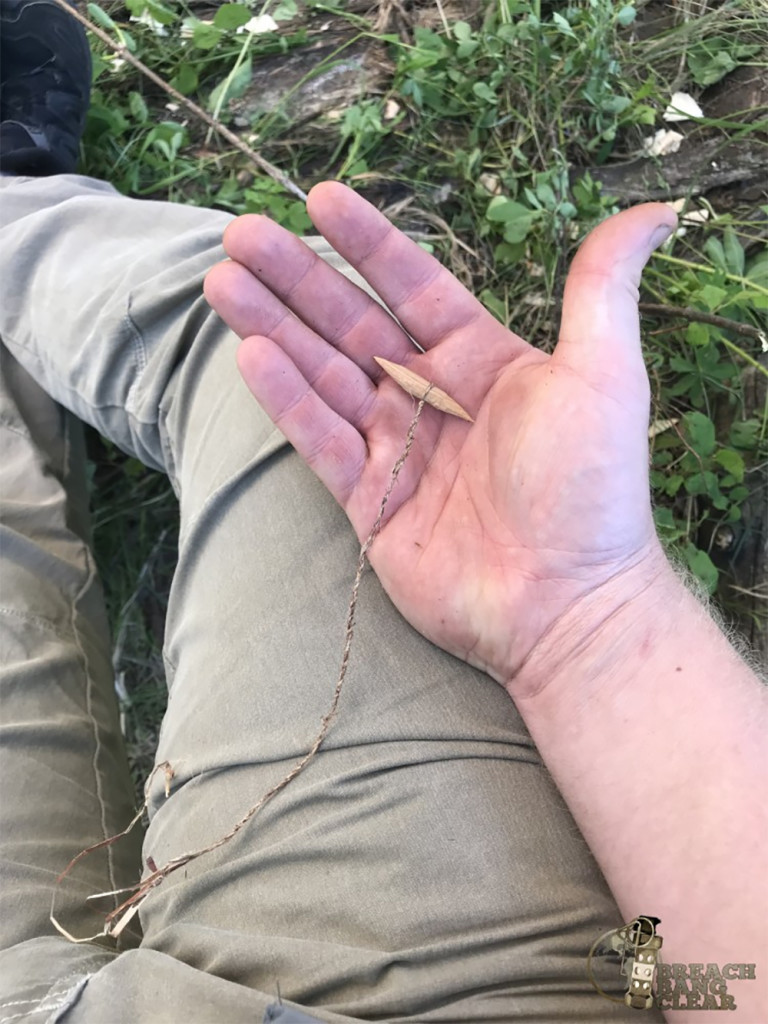
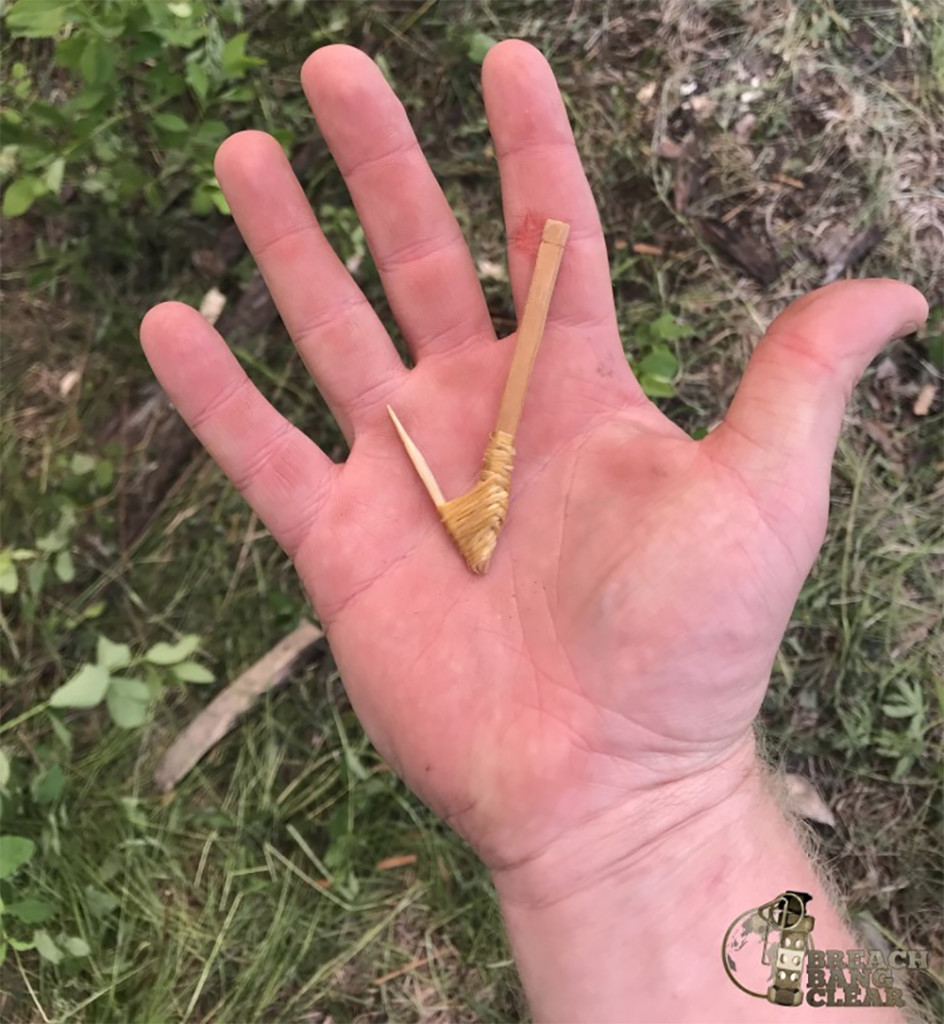
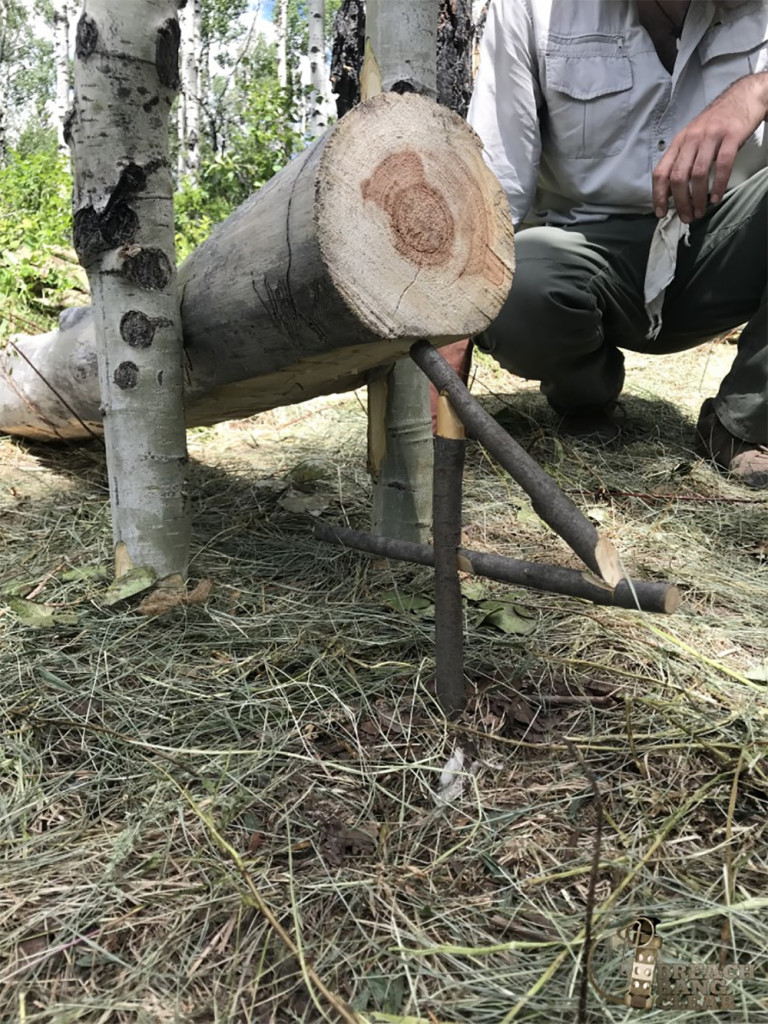
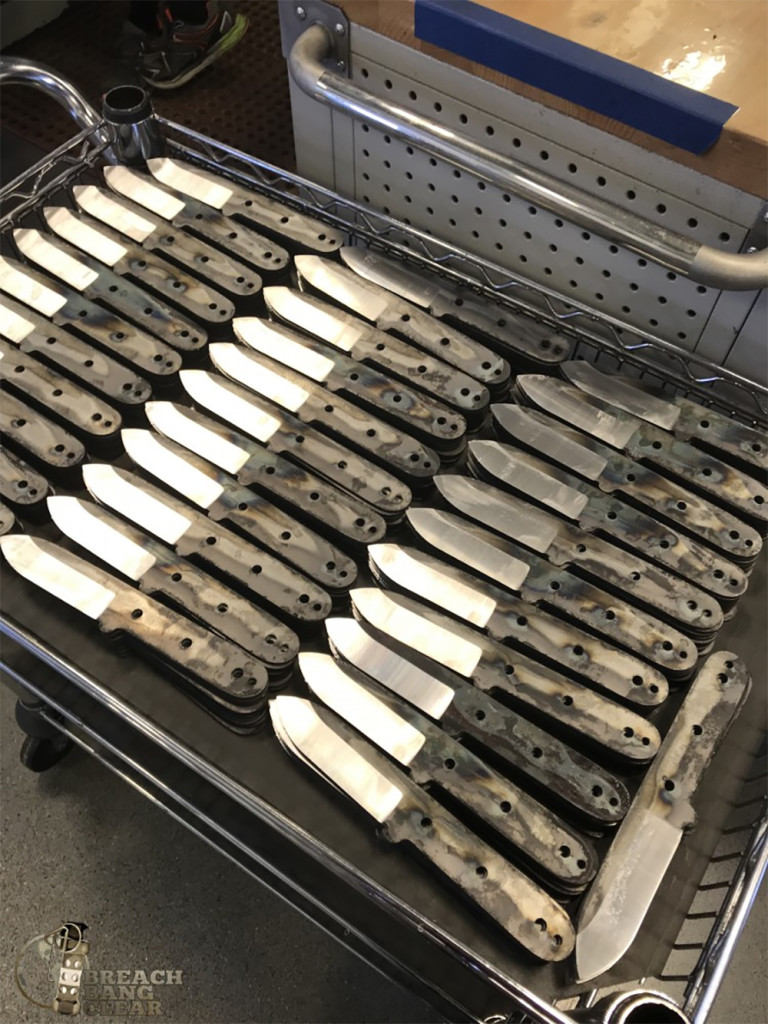
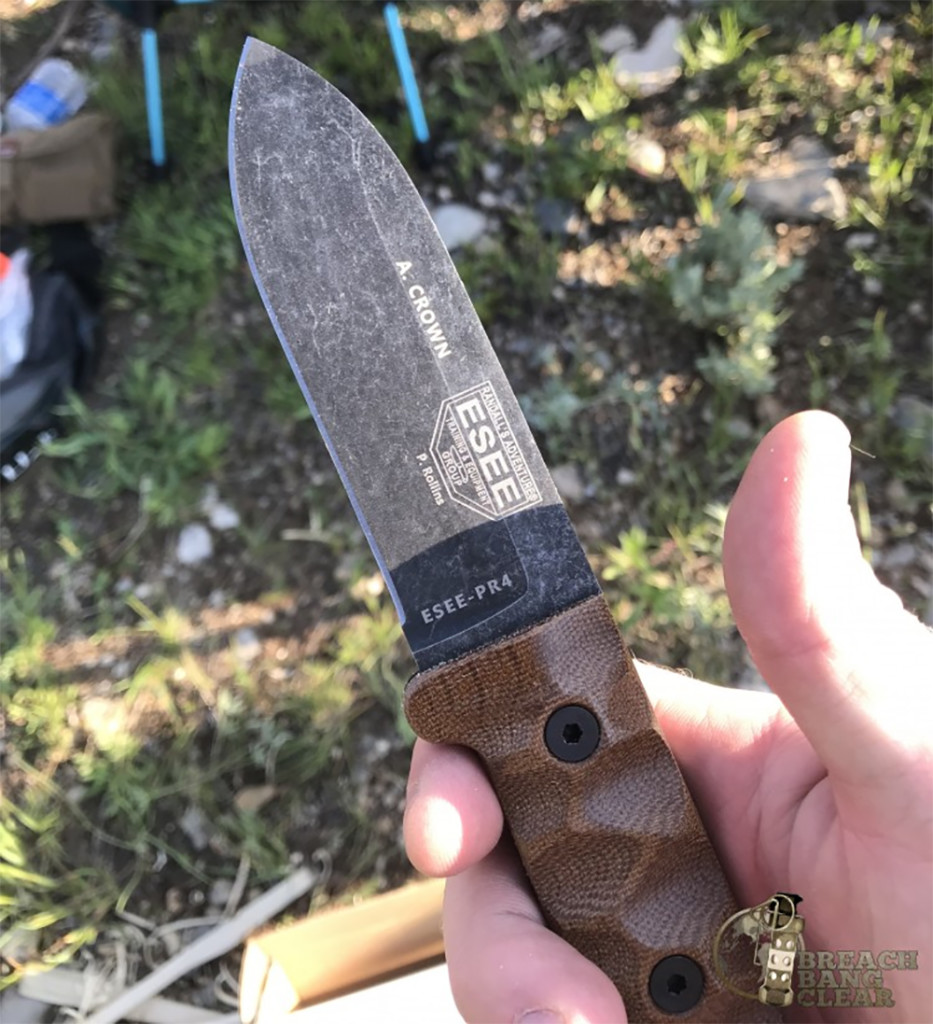
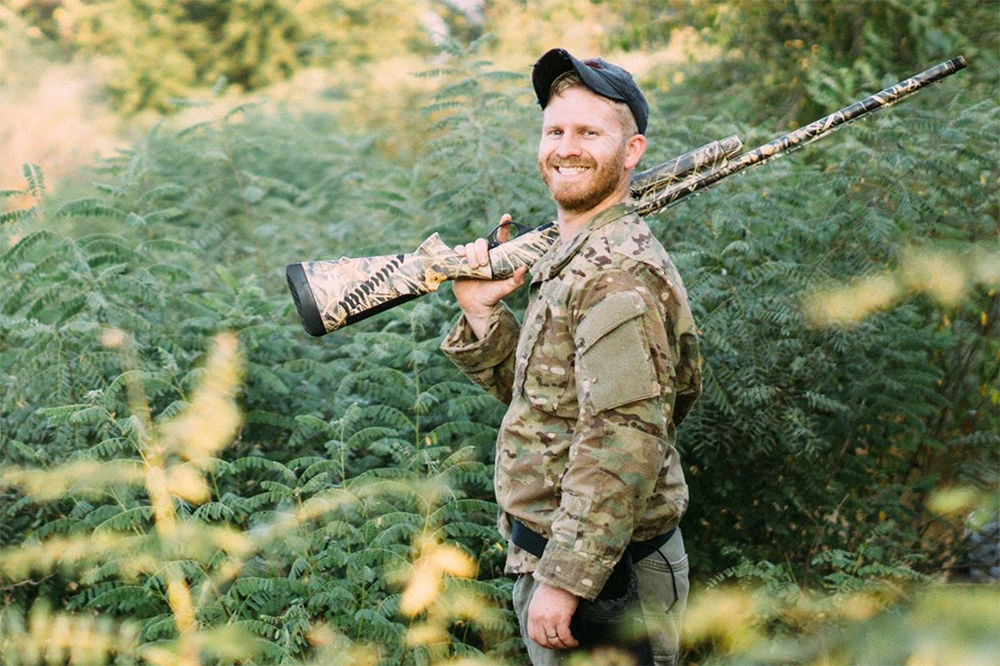

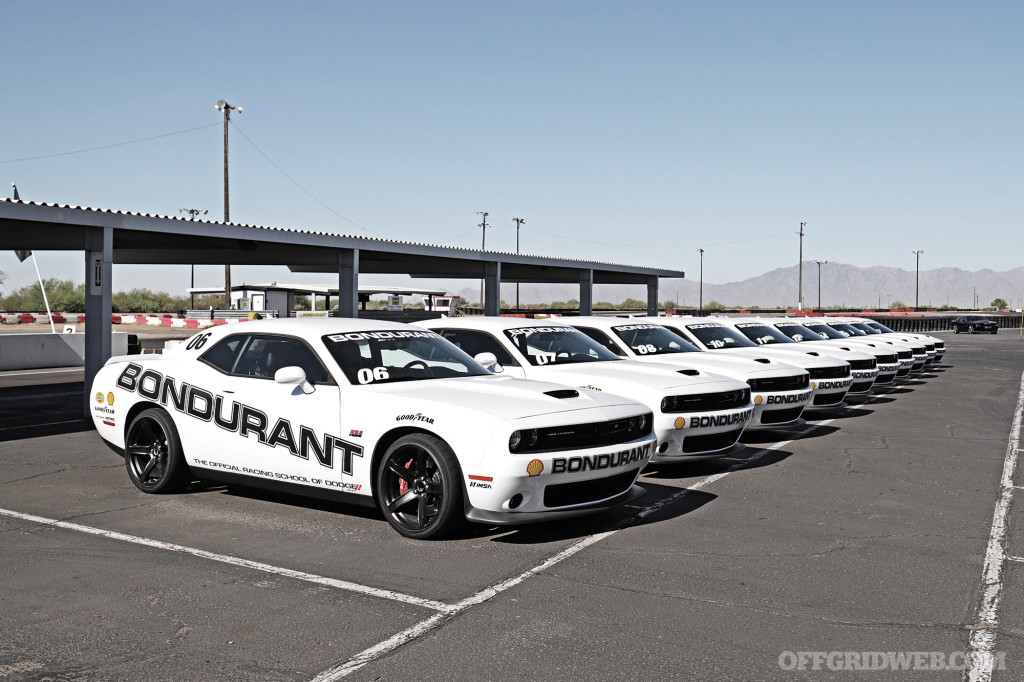






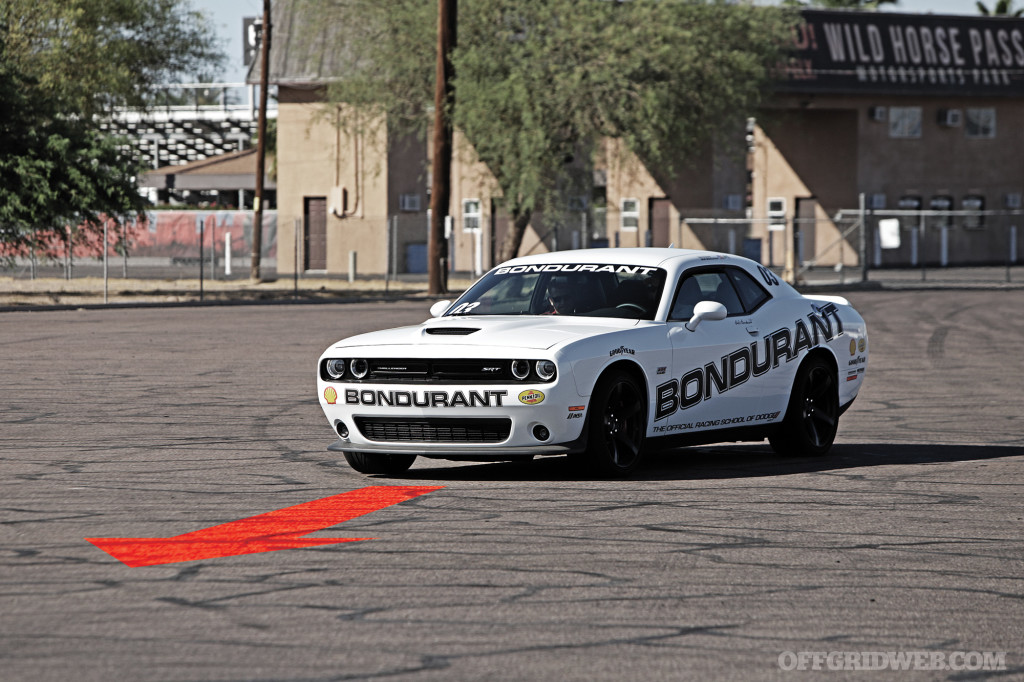
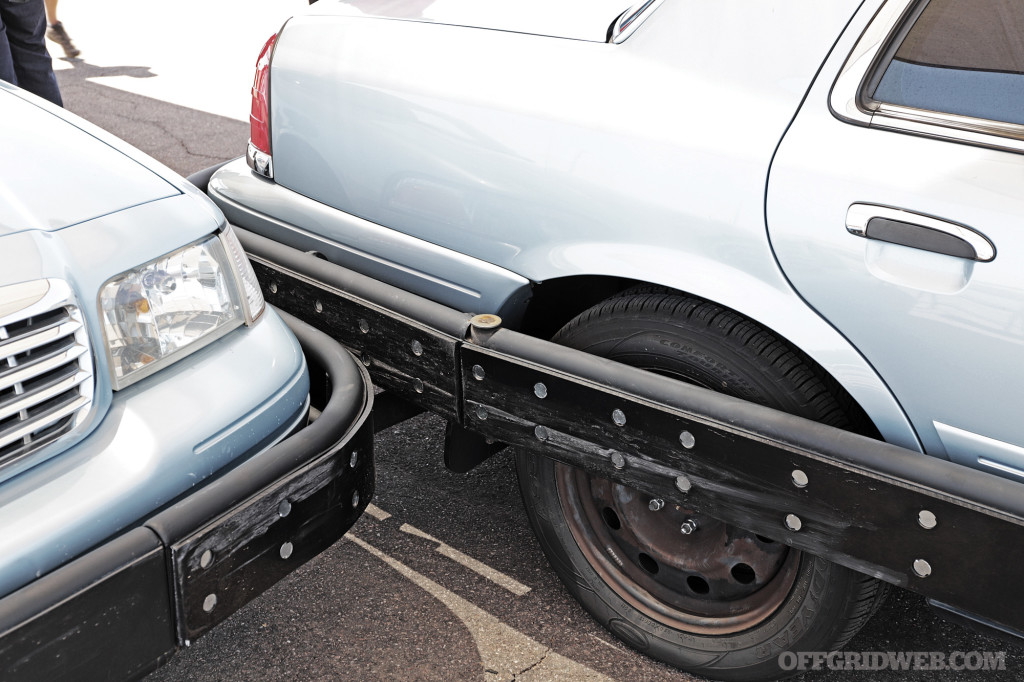






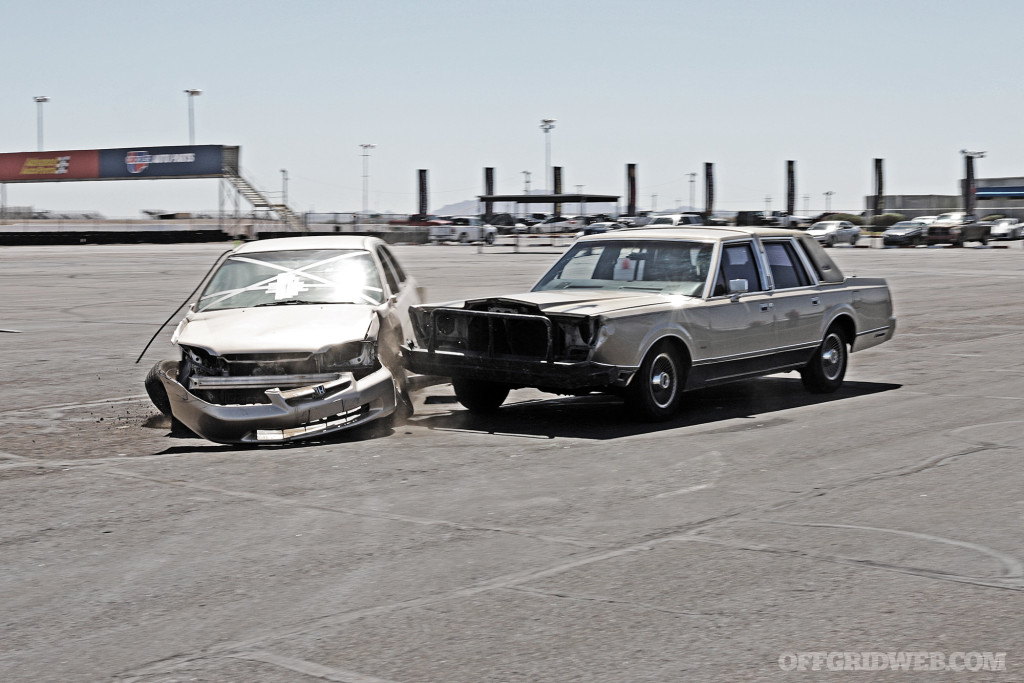
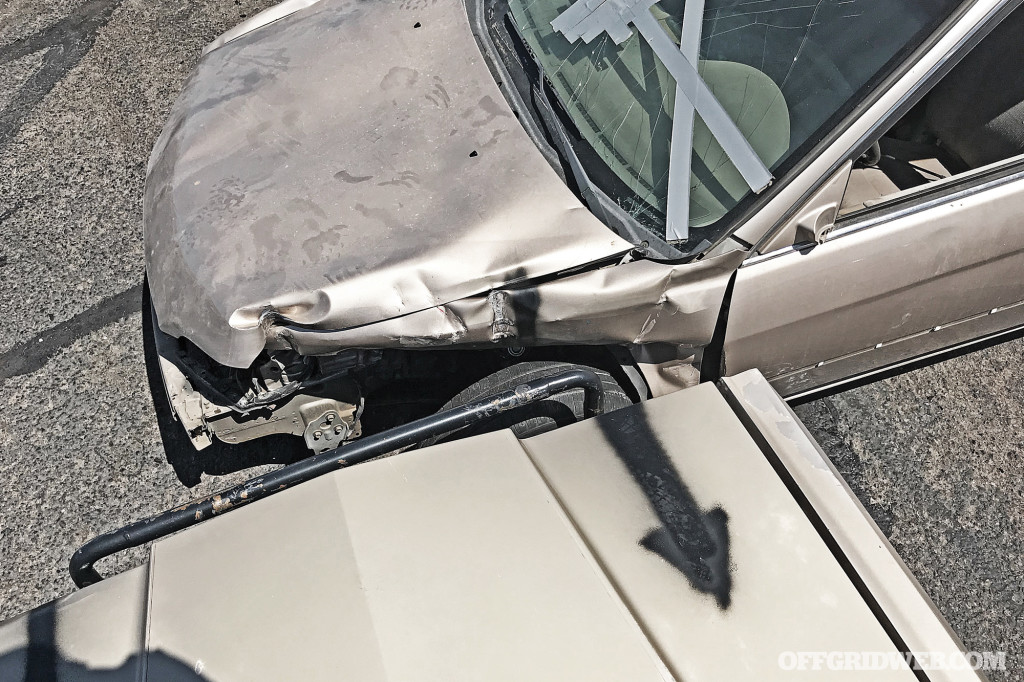





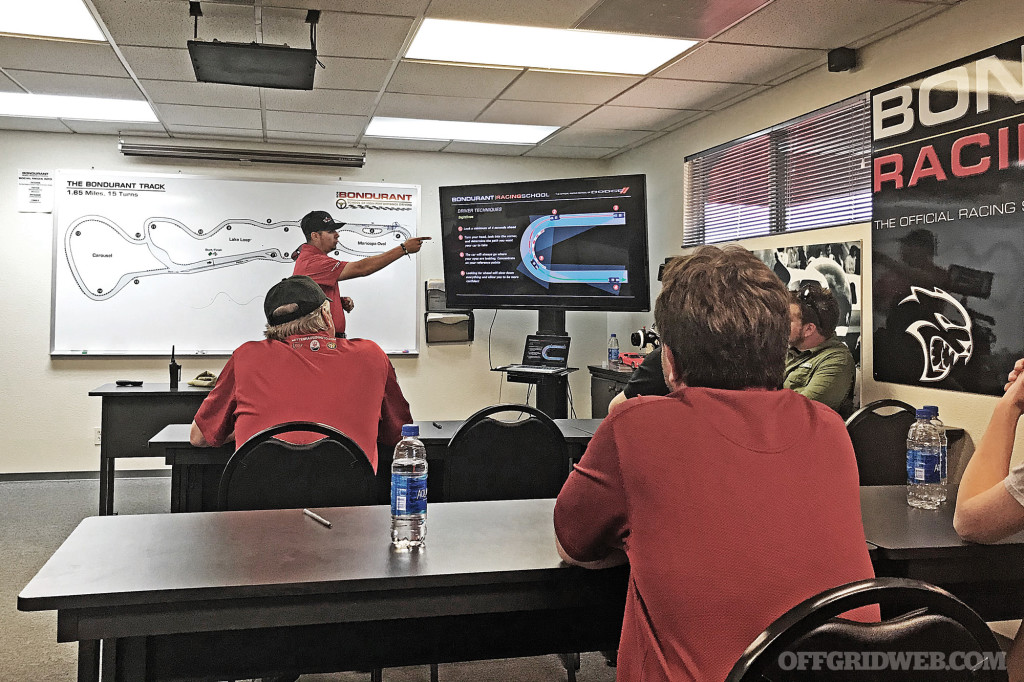
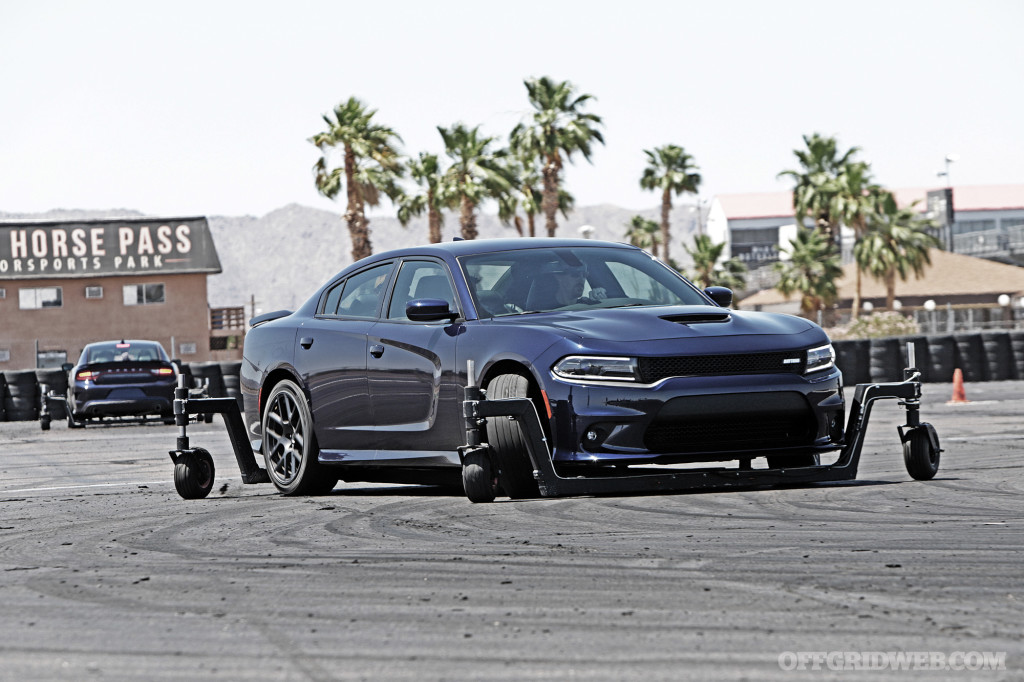
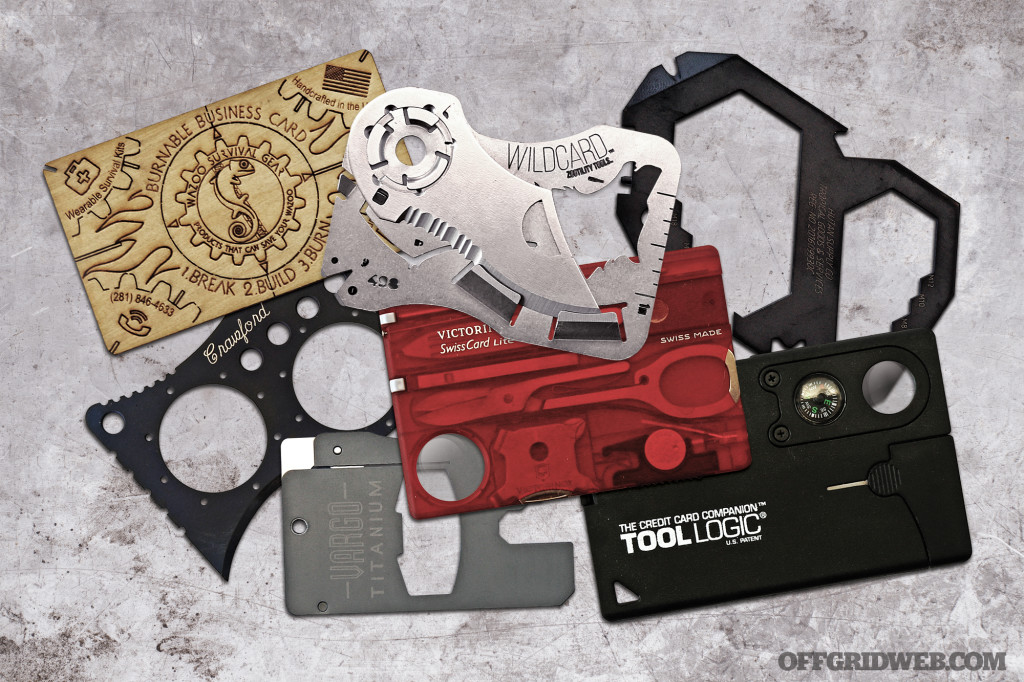

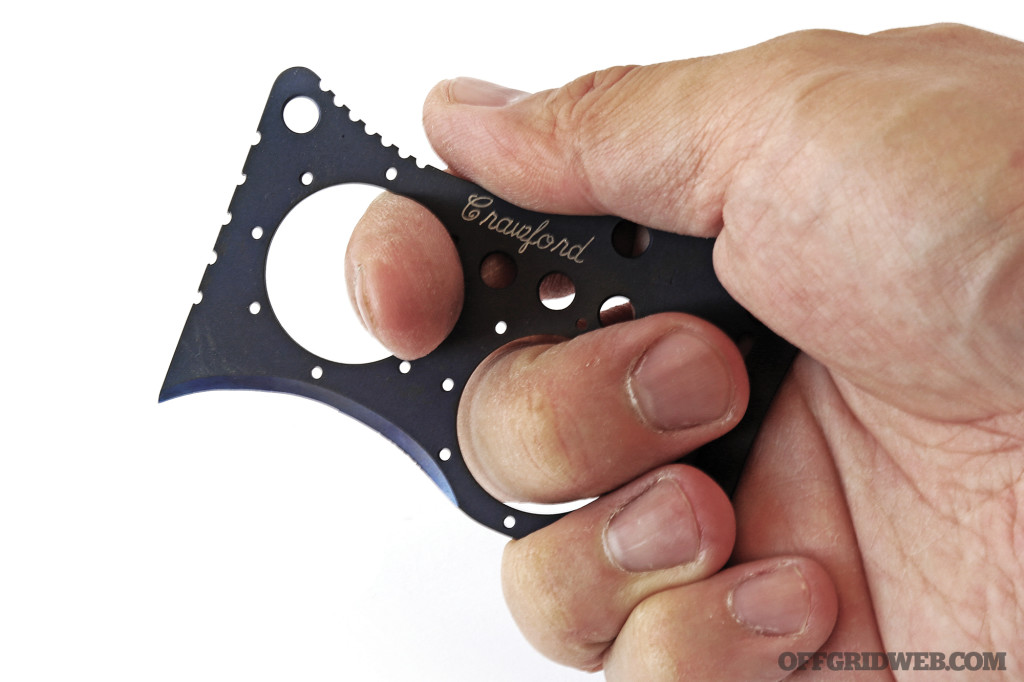
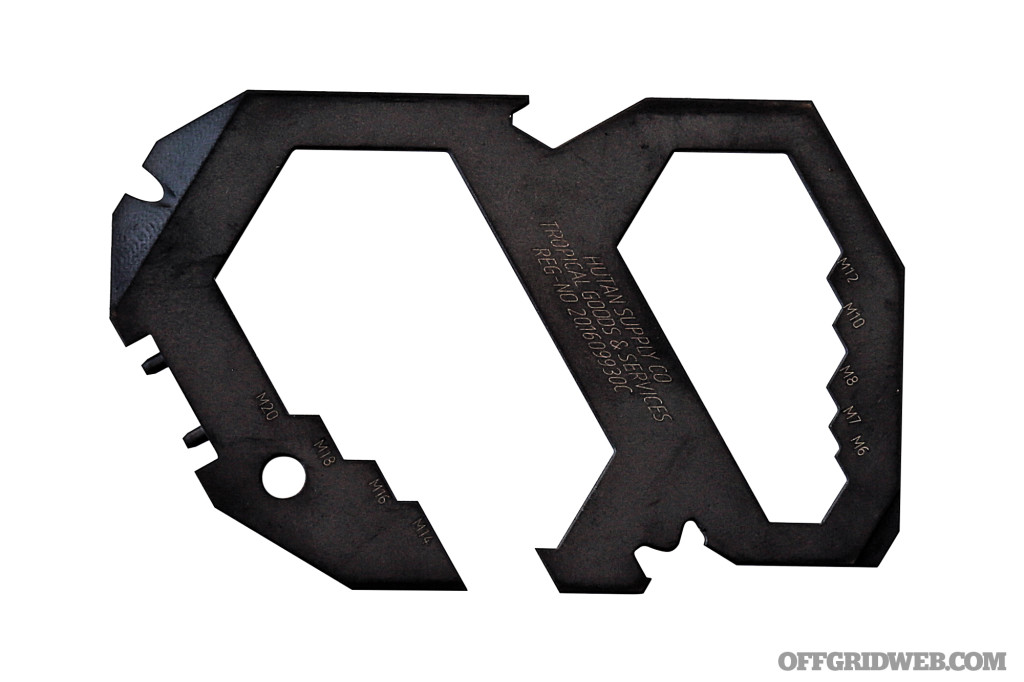
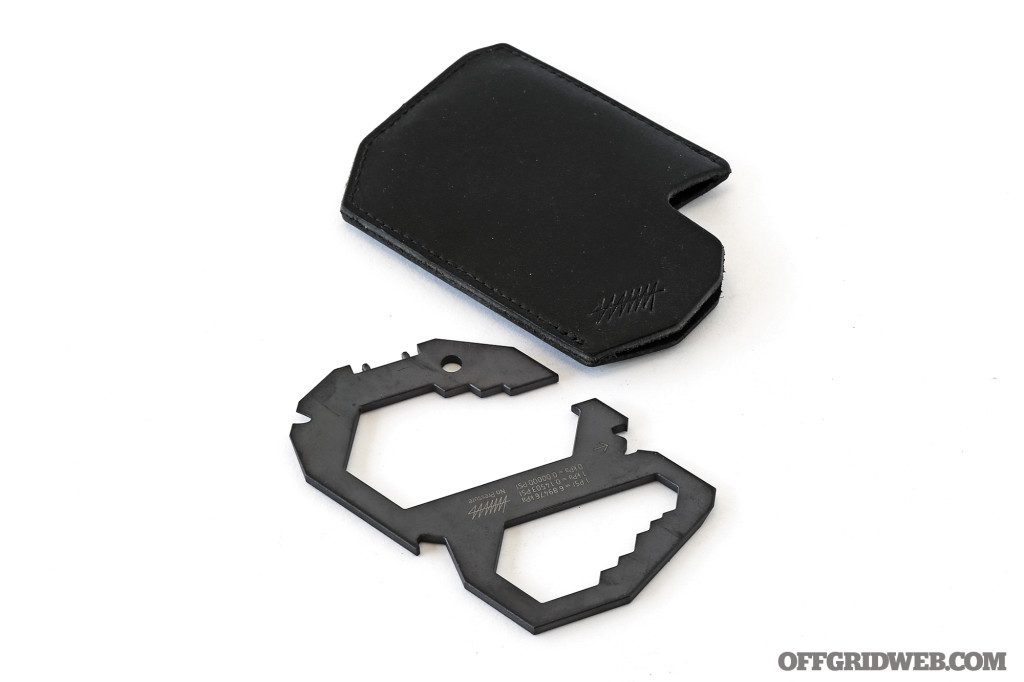

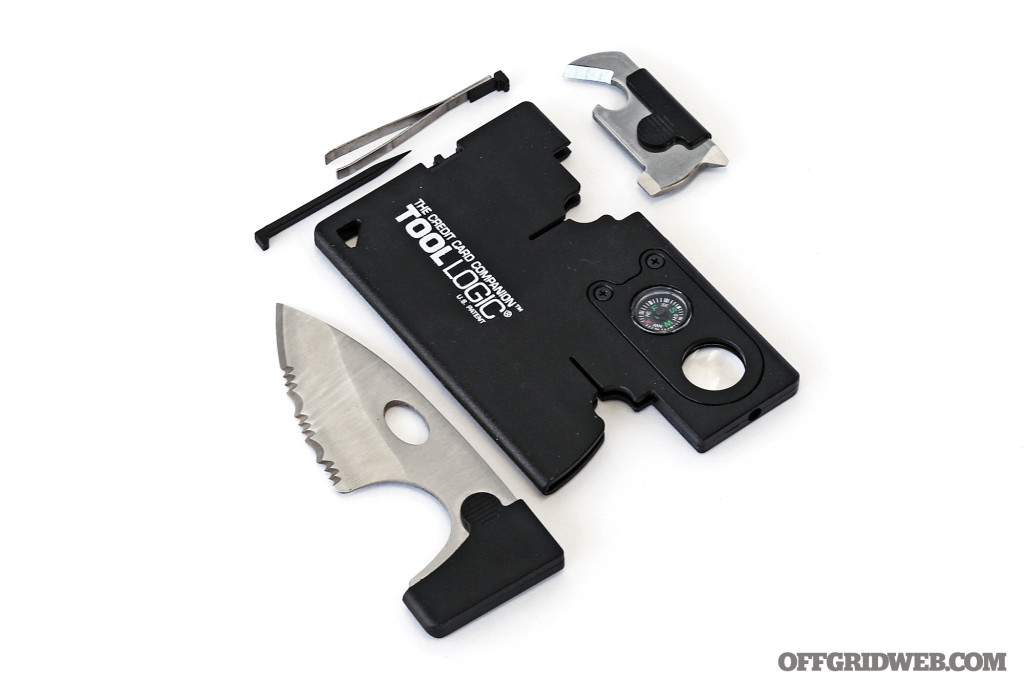
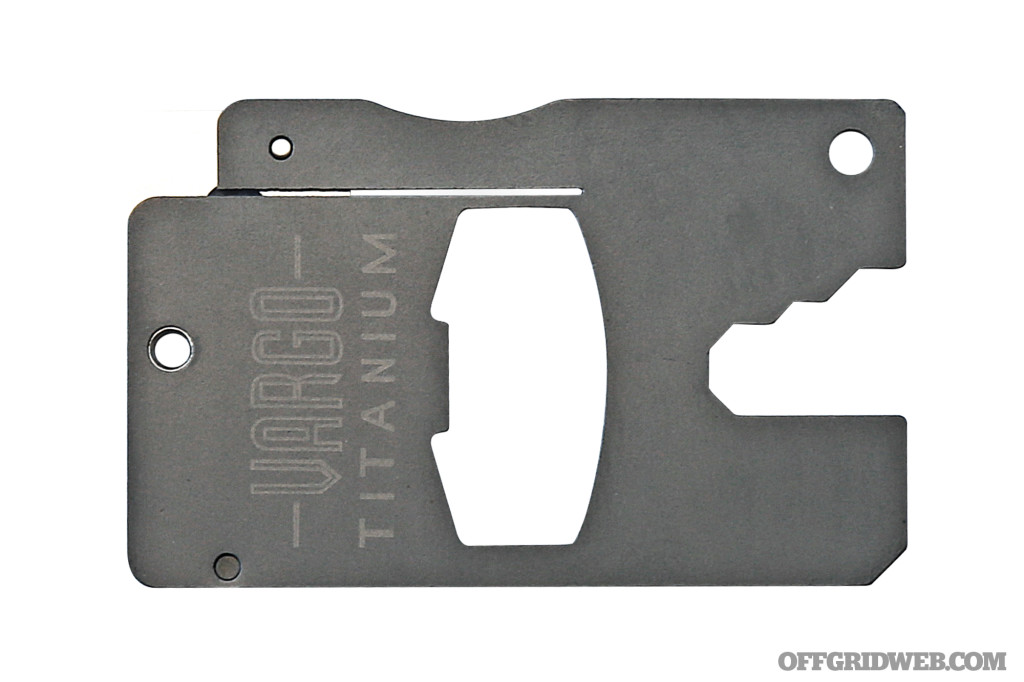

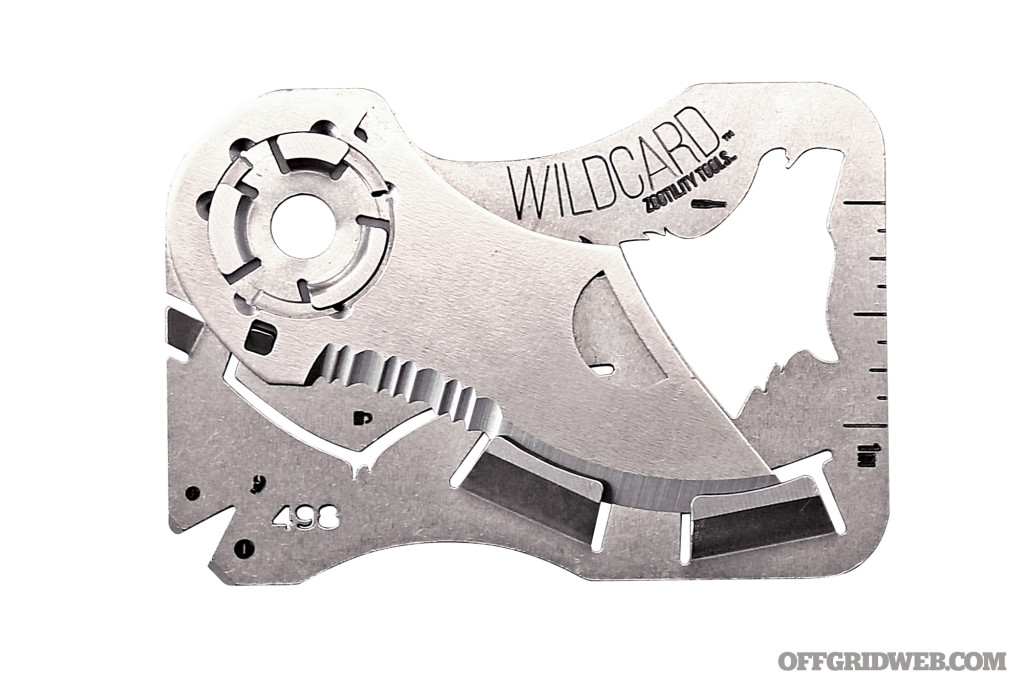
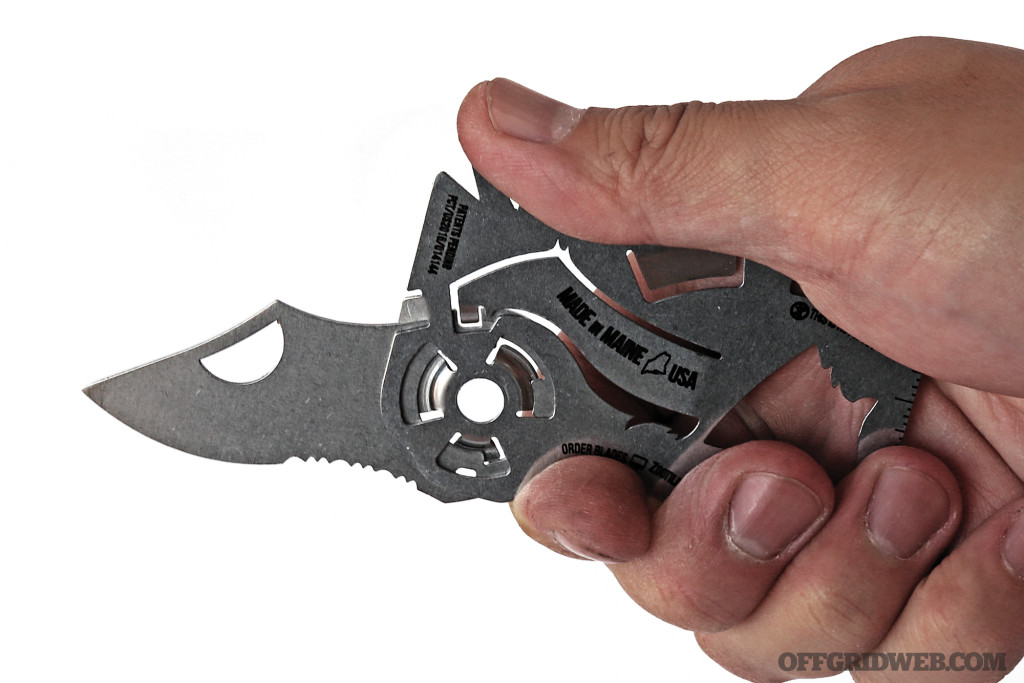


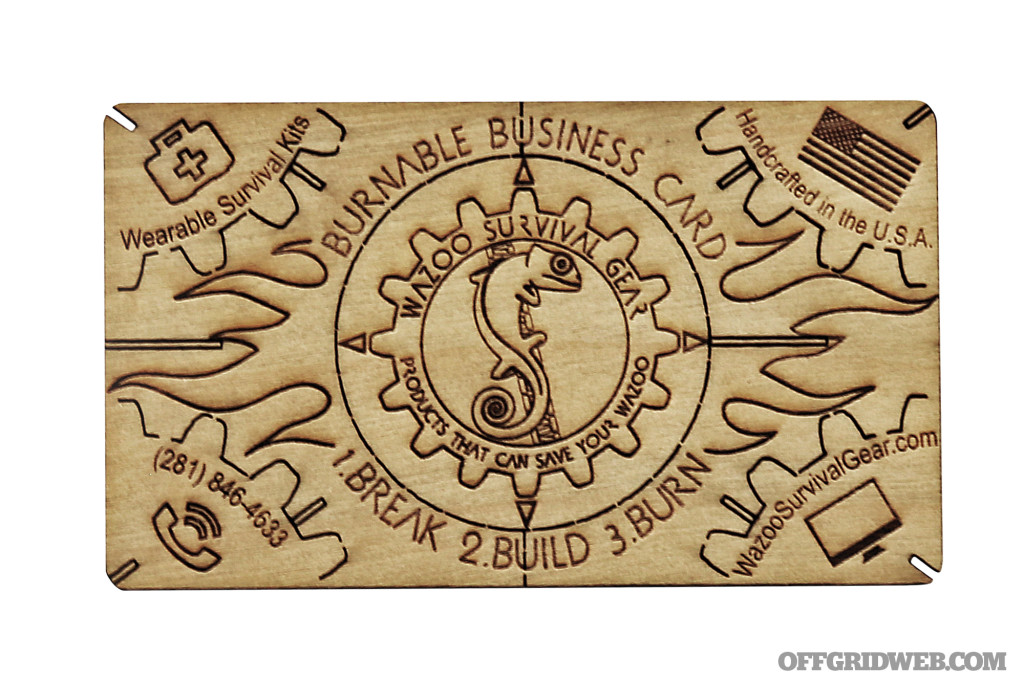
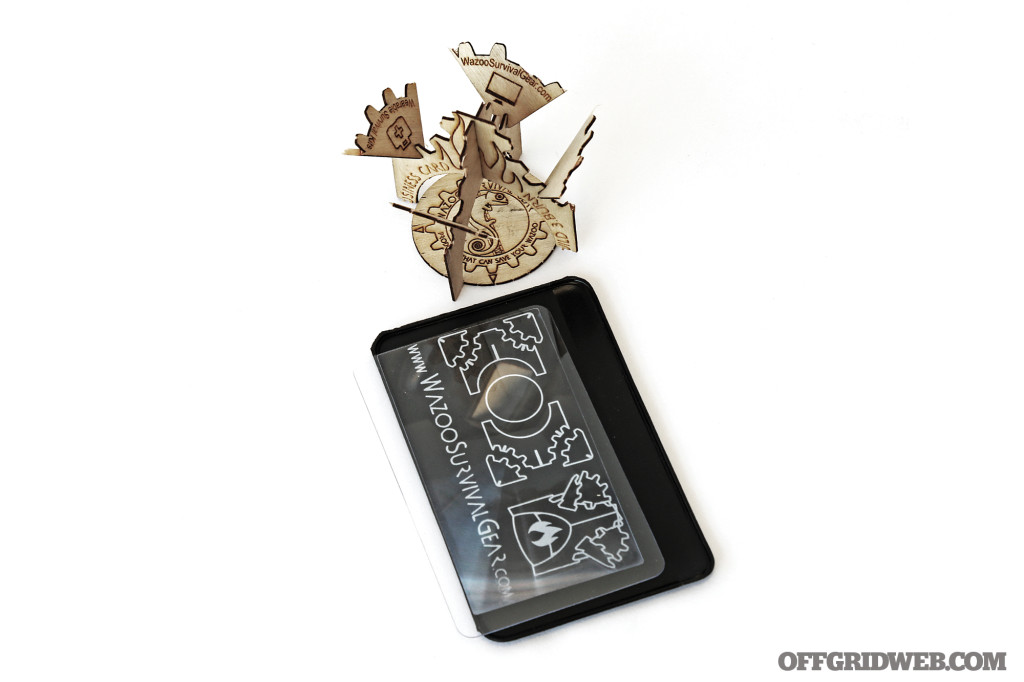
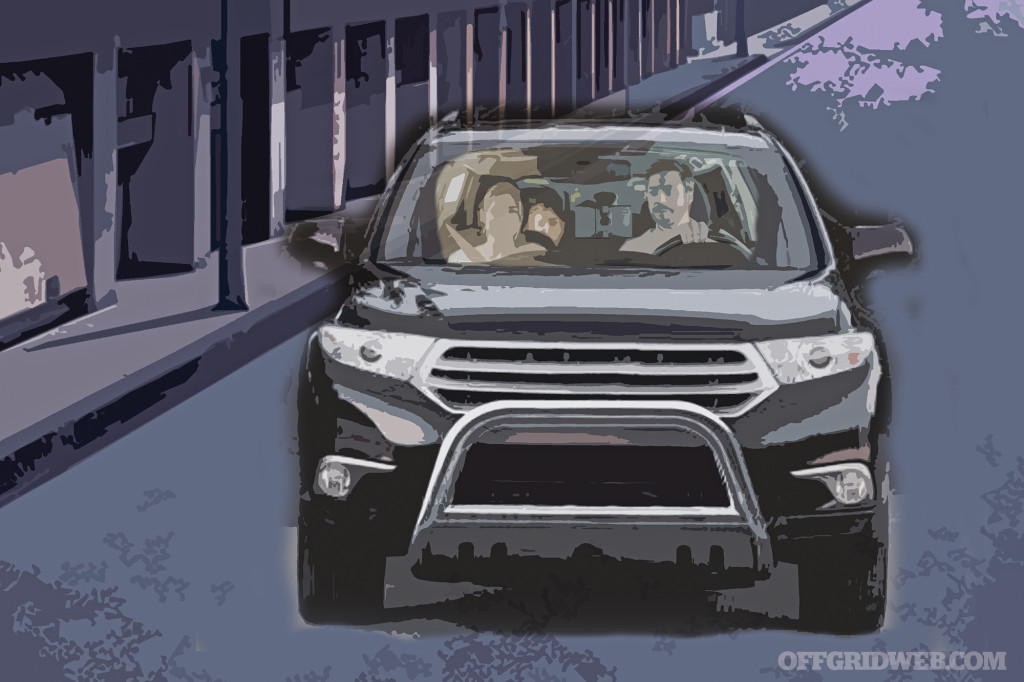

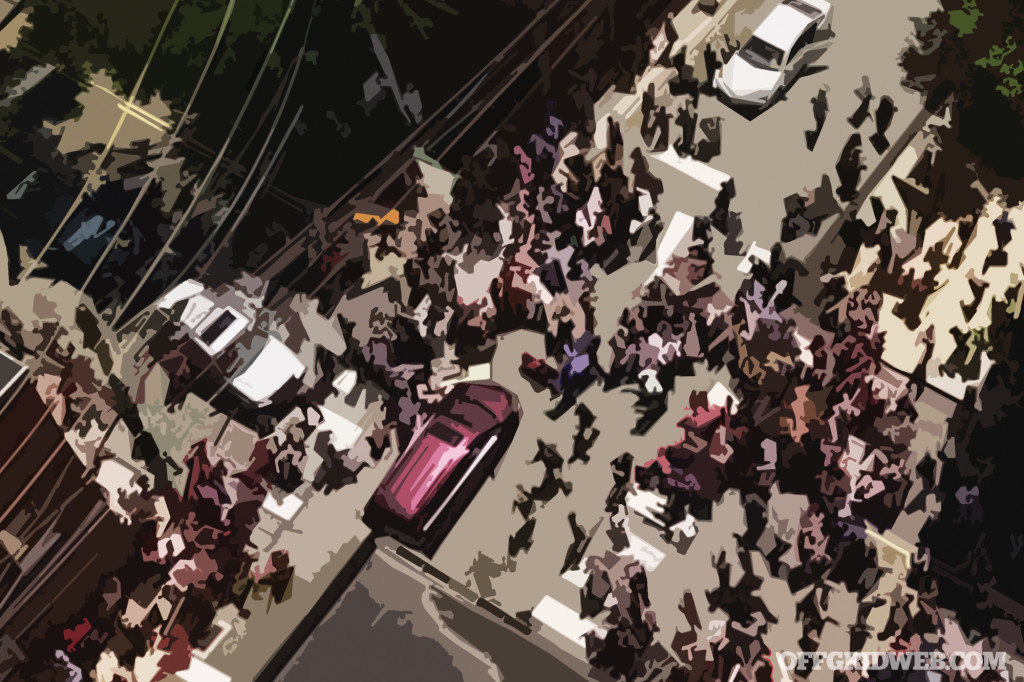
 Tim MacWelch
Tim MacWelch Jason Squires
Jason Squires